You see your cute little bunny in her cage and wonder, would another rabbit or rabbit babies be a good addition to the family?
Click Here For a Guide to Feeding Your Baby Rabbits.

Before you begin to imagine a hutch full of baby bunnies, hit the pause button. There's a lot to think about before heading down the breeding path. One of the best things you can do is consider adopting a rabbit from a rescue or shelter. It's a direct way to give a homeless rabbit a second chance and free up space for others in need.
Adoption is a quicker and more compassionate route to growing your rabbit family. While it's easy to get swept up in the idea of raising kits, shelters are often full of rabbits abandoned after holidays or outgrown by children. Giving one of these bunnies a home is just as rewarding as raising one from birth—and a lot less complicated.

Here at Rabbit Hole Hay, we always recommend adoption as the first step. But if your heart is set on breeding, we want to make sure you understand what you're signing up for. There's more to it than two rabbits and a little romance. Good rabbit breeding preparation starts with understanding the risks, time commitment, and the welfare of your pets.
Understanding the Commitment Behind Breeding Rabbits
Let's be honest—baby bunnies are adorable. But behind the fluff is a big responsibility. Breeding rabbits means you'll need time, money, and the ability to manage potential health issues for both mom and kits. It's not as simple as letting nature take its course.
Pregnancy can be rough on does. Birth complications happen more than people realize. And if you're not ready to care for newborn rabbits, hand-feed them, or deal with emergencies, things can go south fast.
Before you start, ask yourself: do I have the resources, the space, and a plan for every single baby? Are you prepared if the mother rejects the litter? These aren't just hypothetical questions—they're real concerns every responsible breeder must face.
Rabbit Breeding Preparation: What You Need to Know Before You Start
Let's dig into what responsible rabbit breeding preparation actually involves. This is not something to do on a whim. You'll need the proper knowledge, the right setup, and a plan for every step of the process.
Choosing the Right Pair
Not all rabbits should breed. That might sound harsh, but it's true. Healthy genetics are the priority. The doe and buck must both be in excellent condition—no history of chronic illness, behavioral issues, or injuries that could be passed to offspring. If you're not sure about your rabbit's lineage, consider talking to a vet or breeder with experience in your rabbit's breed.
Also, temperament matters. A nervous, nippy rabbit may pass those traits to her young. Start with bunnies that are well-socialized and comfortable with handling. That gives their kits a better chance at becoming good companions down the line.
Know When Your Rabbit is Ready
Rabbits don't go into heat like dogs or cats. Does can become pregnant any time once they reach sexual maturity, which varies by breed. Smaller breeds may be ready at 4–5 months, while giant breeds like Flemish Giants may take 6–8 months. Bucks also need to be sexually mature—typically around 6 months for most breeds.
You can find a helpful breed-by-breed timeline on the Florida 4-H rabbit breeding guide.
Safe Size Pairing
Make sure the male isn't significantly larger than the female. A mismatch can cause serious complications during kindling. If the buck is too big, the doe may struggle to deliver safely. Always pair rabbits that are close in size, and never breed a young or underweight female.
Where Should They Mate?
Put the female in the male's territory—not the other way around. Does are territorial, and bringing a male into her space can trigger aggression or stress. When she enters his hutch, he's more focused on the task and less distracted by marking or sniffing around.
Watch the rabbits during the encounter. This isn't something you can set and forget. If the female becomes aggressive or anxious, separate them immediately and try again later. Most successful matings happen quickly, but sometimes it takes a few tries over several days.
Timing, Pregnancy, and Checking for Kits
After mating, you'll want to keep an eye on your doe. Rabbits have a unique uterus structure and can become pregnant again immediately after giving birth. This makes it especially important to remove the buck right away and keep him away until the litter is weaned—about 4–6 weeks later.
You may be able to confirm pregnancy by gently palpating her abdomen about two weeks after breeding. Look for small, marble-sized lumps. If you're unsure, a vet can help confirm it safely. Rabbits are typically pregnant for 28–31 days. You can use this handy rabbit breeding calculator to mark your calendar and prepare for kindling day.
Need a refresher on what to feed baby rabbits once they arrive? This guide has you covered: What to Feed Baby Rabbits and How.
Preparing for the Birth
Provide a quiet, clean, and secure nesting area. A wooden box with hay and soft bedding is usually the best option. The doe will start nesting a few days before kindling. She'll likely pull fur from her chest to line the nest—this is totally normal.
Keep the space stress-free. Loud noises, kids, or curious pets can scare a pregnant rabbit, leading to complications. During this time, it's best to limit handling and focus on giving her a peaceful environment to do what comes naturally.
What Happens After the Kits Arrive?
It might surprise you, but mother rabbits don't stay in the nest all day. They nurse once or twice a day for just a few minutes. This is perfectly normal. As long as the babies are warm, round-bellied, and quiet, they're doing well.
If any kits are cold, not nursing, or rejected from the nest, you'll need to step in fast. Sometimes this means warming them, hand-feeding, or contacting a vet for help. This is where rabbit breeding can quickly become challenging. Make sure you're ready before you find yourself in this position.
What Can Go Wrong? Common Breeding Complications
Even experienced breeders run into trouble. Breeding isn't just about putting two rabbits together and waiting for babies. Things can—and often do—go wrong. One of the most serious risks is when the mother doesn't feed the kits or rejects them entirely. If this happens, you'll need to step in fast with hand-feeding around the clock. That's no small task.
Another risk? Stillbirths or a mother who becomes aggressive after giving birth. Some rabbits experience postpartum aggression, especially in small or stressed spaces. Then there's the risk of mastitis, a painful infection of the mammary glands that needs immediate veterinary care. These are all real reasons why rabbit breeding preparation matters so much.
How to Reduce These Risks
Start with a healthy doe. Make sure she has no history of infections, behavioral problems, or weight issues. A well-fed, well-exercised rabbit in a clean environment will be better equipped to handle pregnancy and kindling. Feed her high-quality hay and supplement with fresh leafy greens and a steady source of clean water.
It also helps to keep your vet's number close. If something feels off, call. Waiting too long could risk the life of the mother, the babies, or both. This is why responsible breeders always prepare for the worst while hoping for the best.
When to Separate Baby Rabbits
Baby rabbits grow quickly. Around 3 weeks old, they'll begin to nibble hay and venture outside the nest box. By 4 to 5 weeks, they'll be exploring and eating on their own—but don't wean them just yet. Most breeders wait until at least 8 weeks before separating kits from their mom.
At this point, you'll also want to separate males and females. Yes, even at 8 weeks! Young males can become fertile as early as 10–12 weeks, and accidental litters can happen. Keep track of who's who and give each bunny its own safe space as they grow.
Finding Responsible Homes for the Kits
Before you breed a single rabbit, have homes lined up for all the babies. No exceptions. It's not enough to "figure it out later." Shelters are full because too many breeders failed to think this through. You need to be absolutely sure that each kit will go to someone with the time, knowledge, and willingness to care for a rabbit long-term.
Consider drawing up a basic adoption agreement, like this example from House Rabbit Society, which covers questions about housing, diet, vet care, and more. It's not legally binding, but it sets clear expectations for the future owner.
Want to reduce your risk of ending up with too many rabbits? Stick to a small litter. Start with one pair and one pregnancy—not a large-scale operation. Learn from it, care for the kits, and make sure every bunny has a solid plan for life after weaning.
Why Some Breeders Choose to Adopt Instead
Many people try breeding once and decide never to do it again. Between sleepless nights, emergency vet bills, and the stress of finding homes, breeding quickly loses its appeal. That's not a failure. That's wisdom.
Adoption avoids all of that. You're still helping rabbits. You're still building your family. And in many cases, you're rescuing a bunny who's already socialized, litter-trained, and ready to be loved. Some adopters even find bonded pairs, which means no introduction process is needed at all.
Still not convinced? Read our guide to rabbit adoption readiness for a closer look at what adopting brings to the table—without the stress of breeding.
Adoption Tips Around Holidays
Want a rabbit for Easter or Christmas? Consider waiting. Every year, shelters see a spike in returns right after these holidays. Well-meaning people gift bunnies without understanding the commitment involved. A few weeks later, the rabbit ends up back in a shelter.
If you're looking for a pet around the holidays, visit your local shelter a few weeks afterward. You may find rabbits who were given up too soon—and you'll be giving them a real second chance with someone who knows how to care for them properly.
Daily Needs: What Your Rabbit Requires No Matter How You Got It
Whether you adopt or breed, your rabbit has basic daily needs. One of the most important? Quality hay. Rabbits rely on hay to maintain digestive health, keep their teeth worn down, and avoid GI stasis. A diet low in hay is a fast track to health issues.
We recommend Timothy Hay as a daily staple, paired with clean water and leafy greens. Avoid sugary fruits, starchy treats, and over-reliance on pellets.
If you're new to rabbit care, our free downloadable resource walks you through the basics. It's a great place to start: Download your free hay guide here.
Final Thoughts on Rabbit Breeding Preparation
Bringing new rabbits into the world is a big deal. It's not something to rush. True rabbit breeding preparation means understanding the physical risks, emotional stress, and long-term responsibilities that come with every new life you create. It also means thinking ahead about space, food, veterinary care, and rehoming options before your doe is ever pregnant.
If you're up for the challenge and have done your research, breeding can be a learning experience. But don't underestimate the impact of adoption. Giving an existing rabbit a home is just as meaningful—and far less risky.
Whatever you choose, care for your rabbit with intention. Feed well, provide clean housing, and stay informed. That's how you build a healthy life for your bunny—babies or not.
Key Takeaways
Rabbit breeding preparation involves more than just putting two bunnies together—it includes planning, vet care, and ethical rehoming.
Always pair healthy, similarly sized rabbits and monitor all breeding interactions closely.
Adoption remains a compassionate and practical choice, especially for first-time rabbit owners or those without breeding experience.

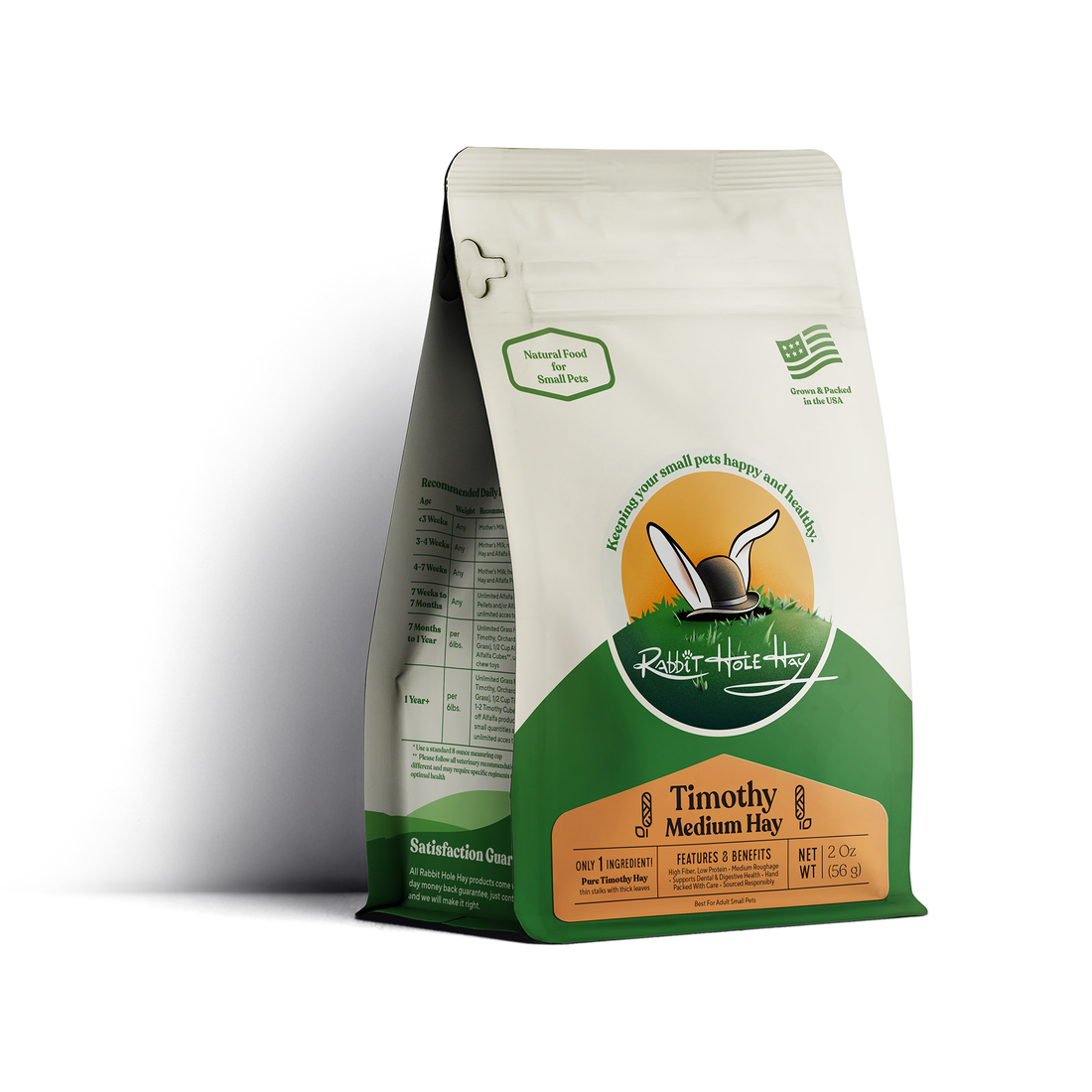



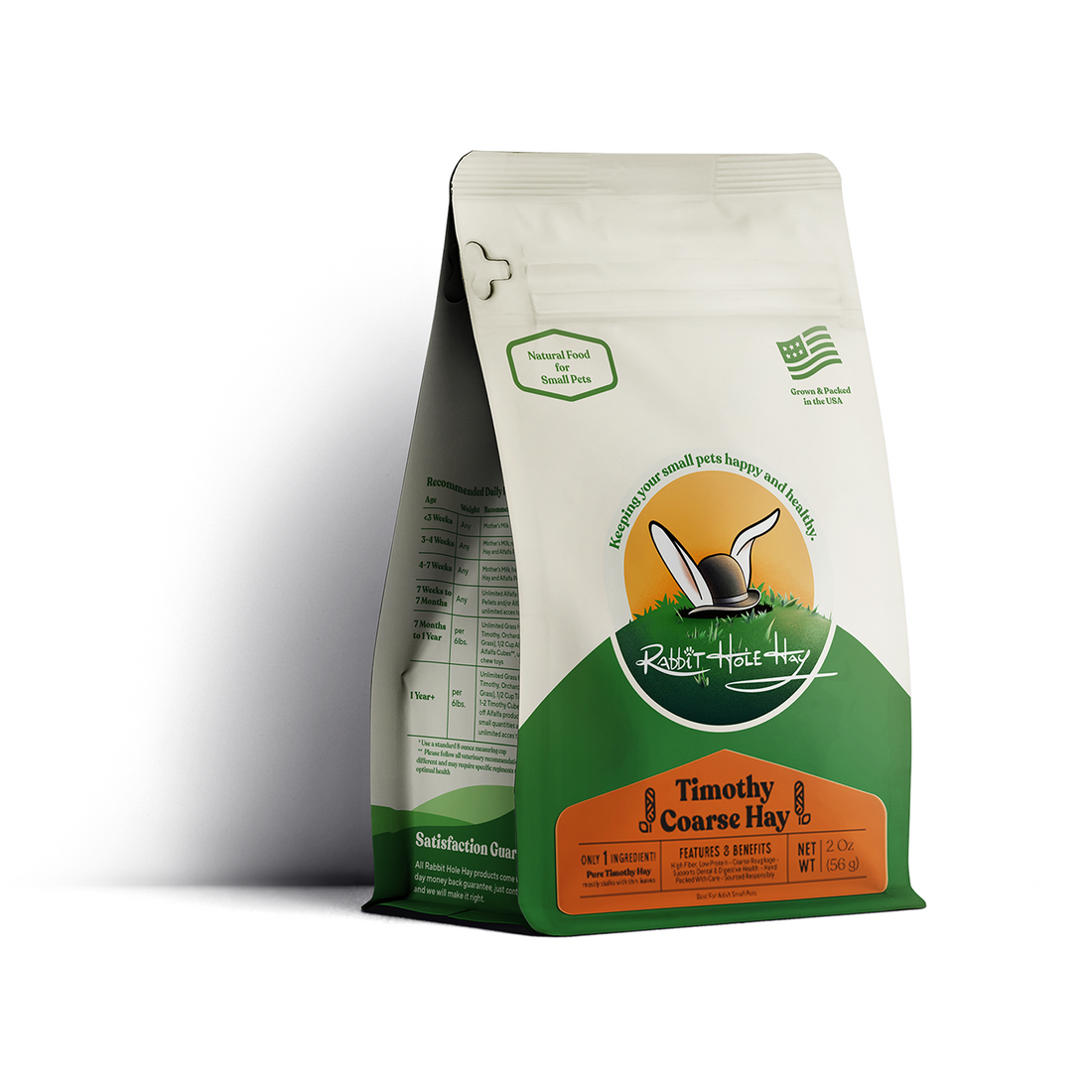

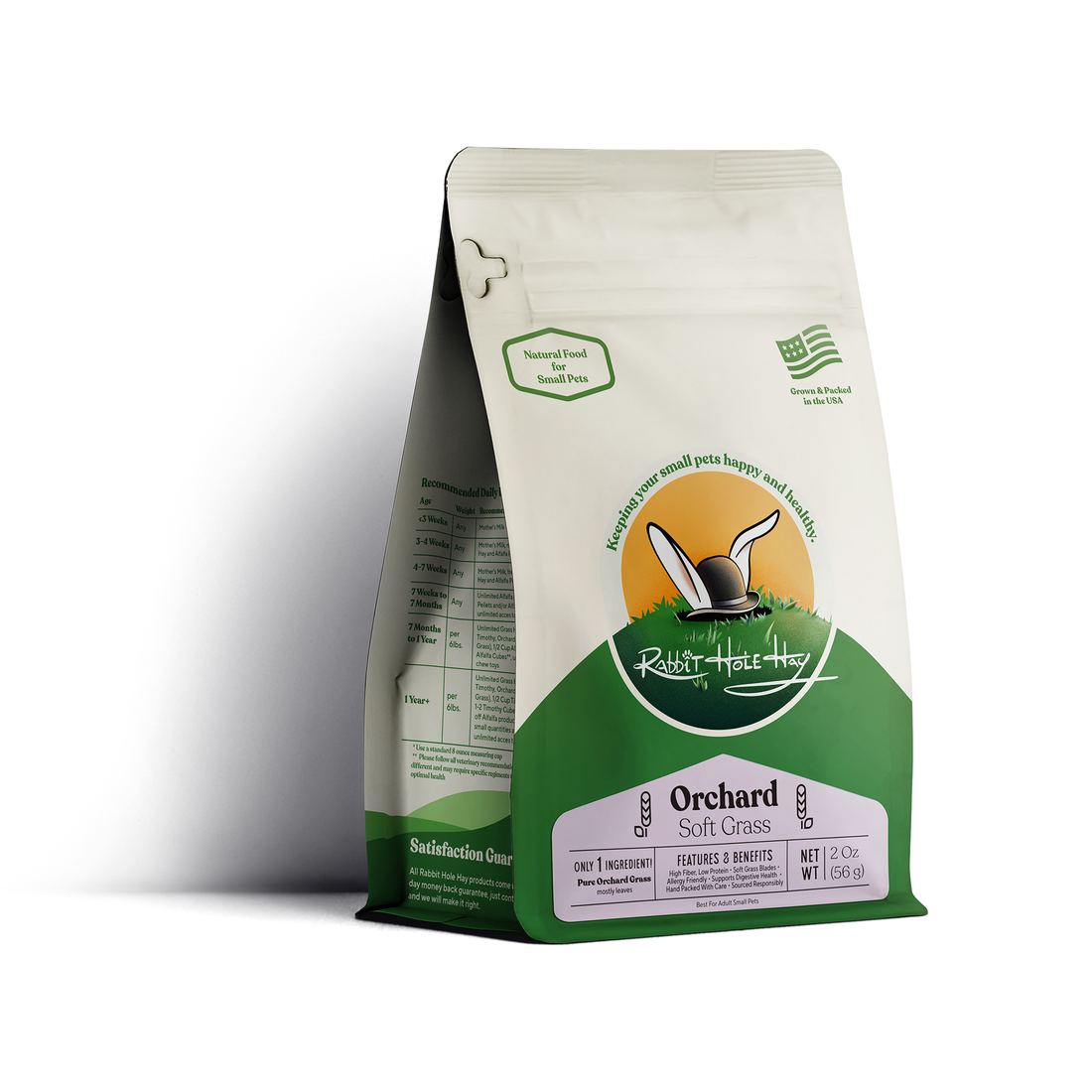
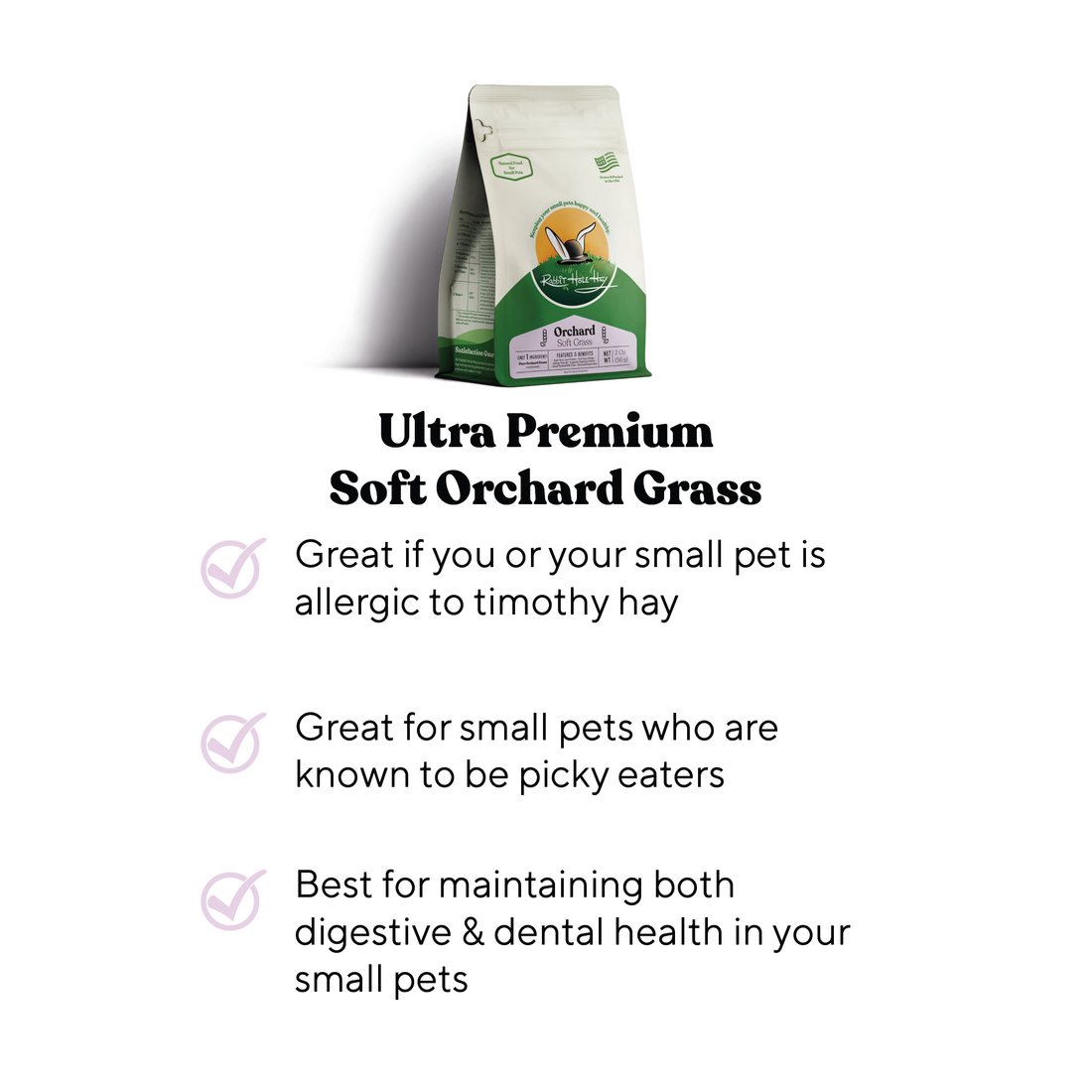
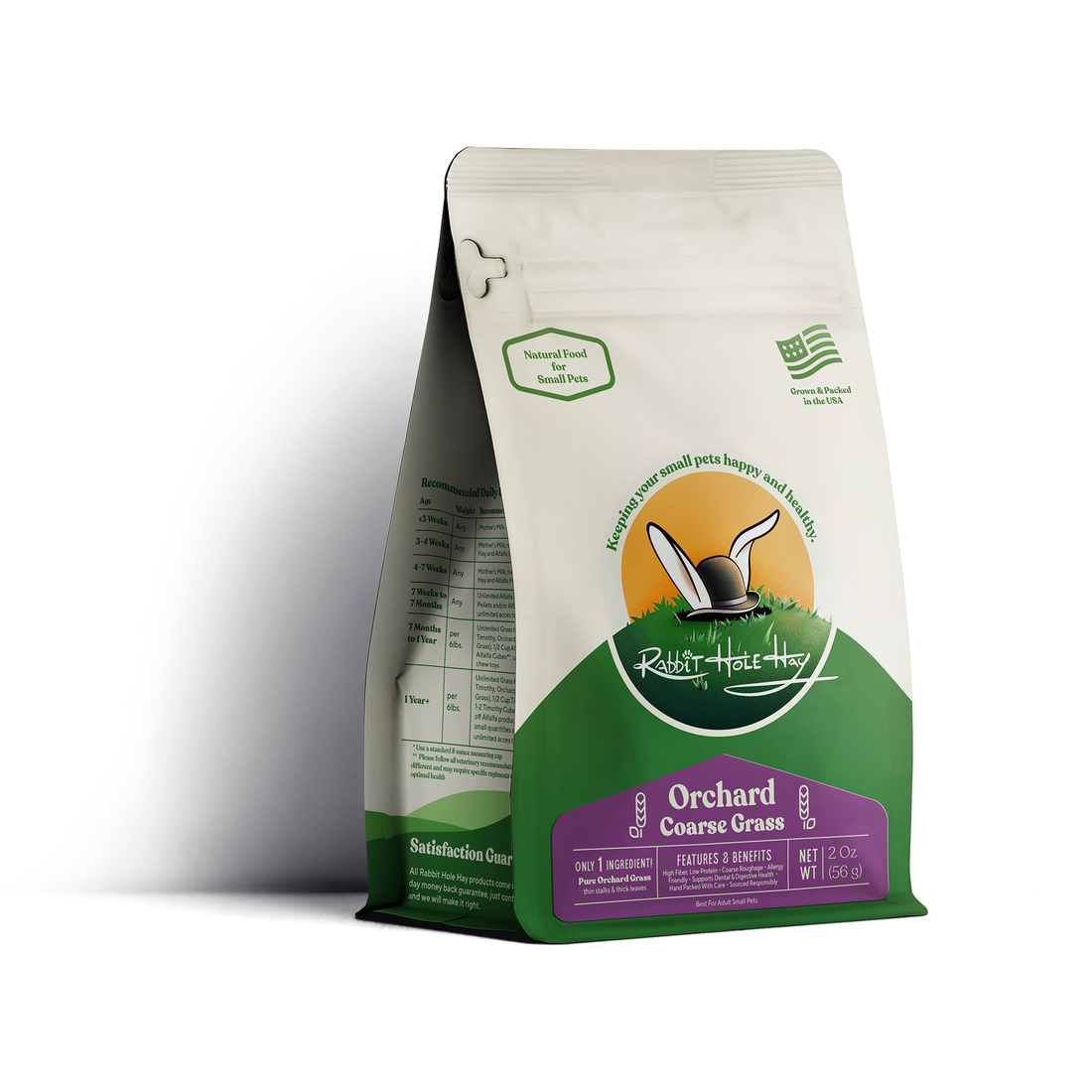
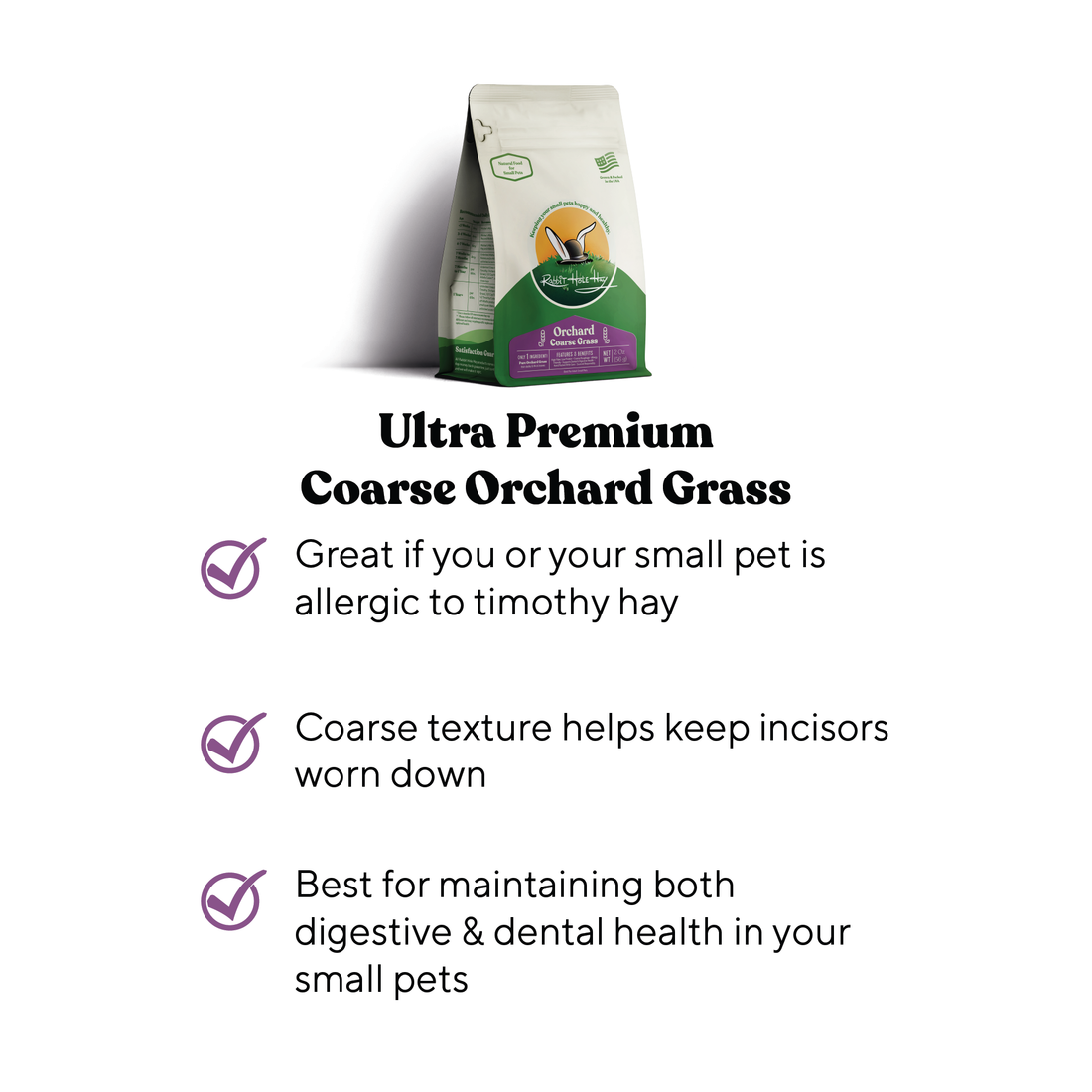
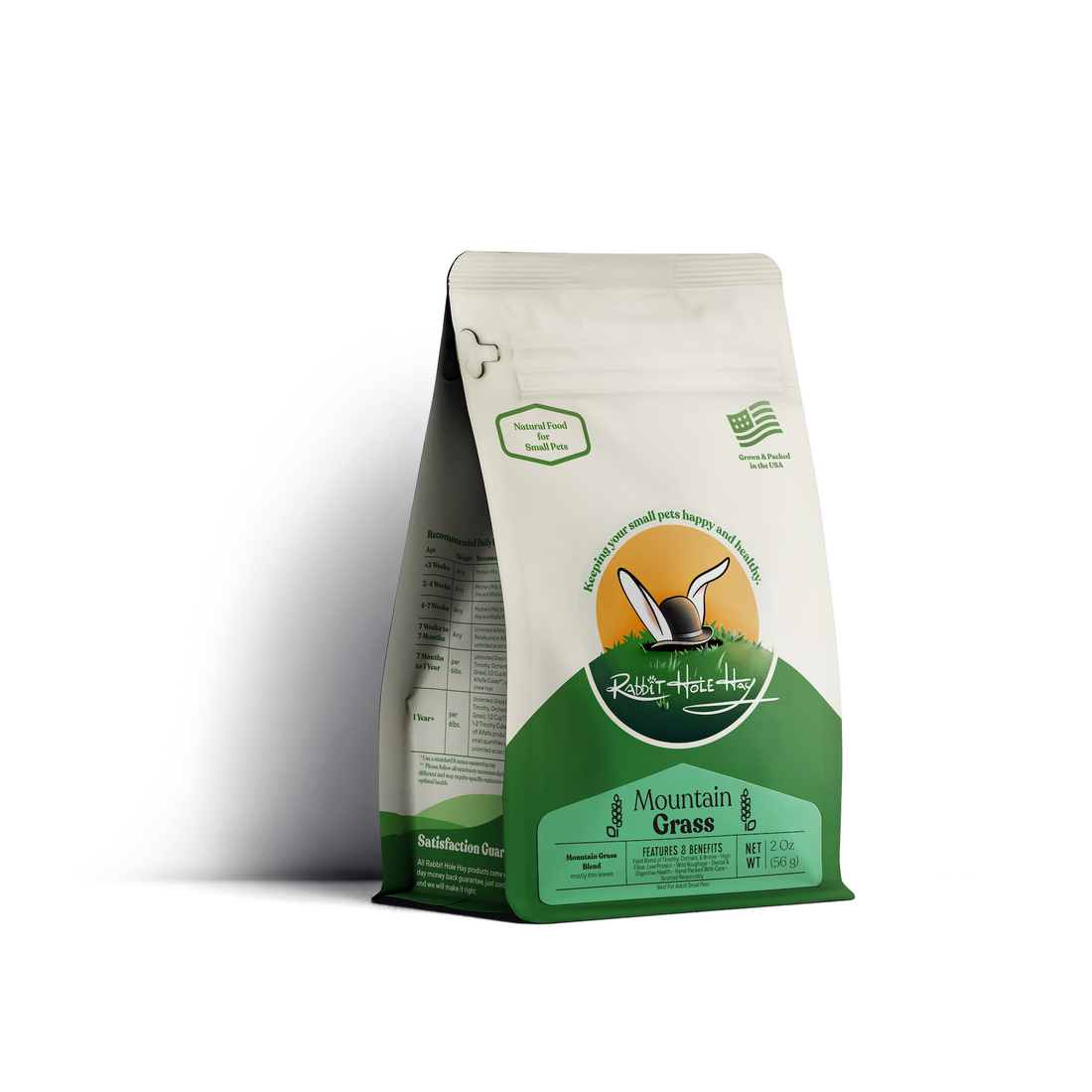

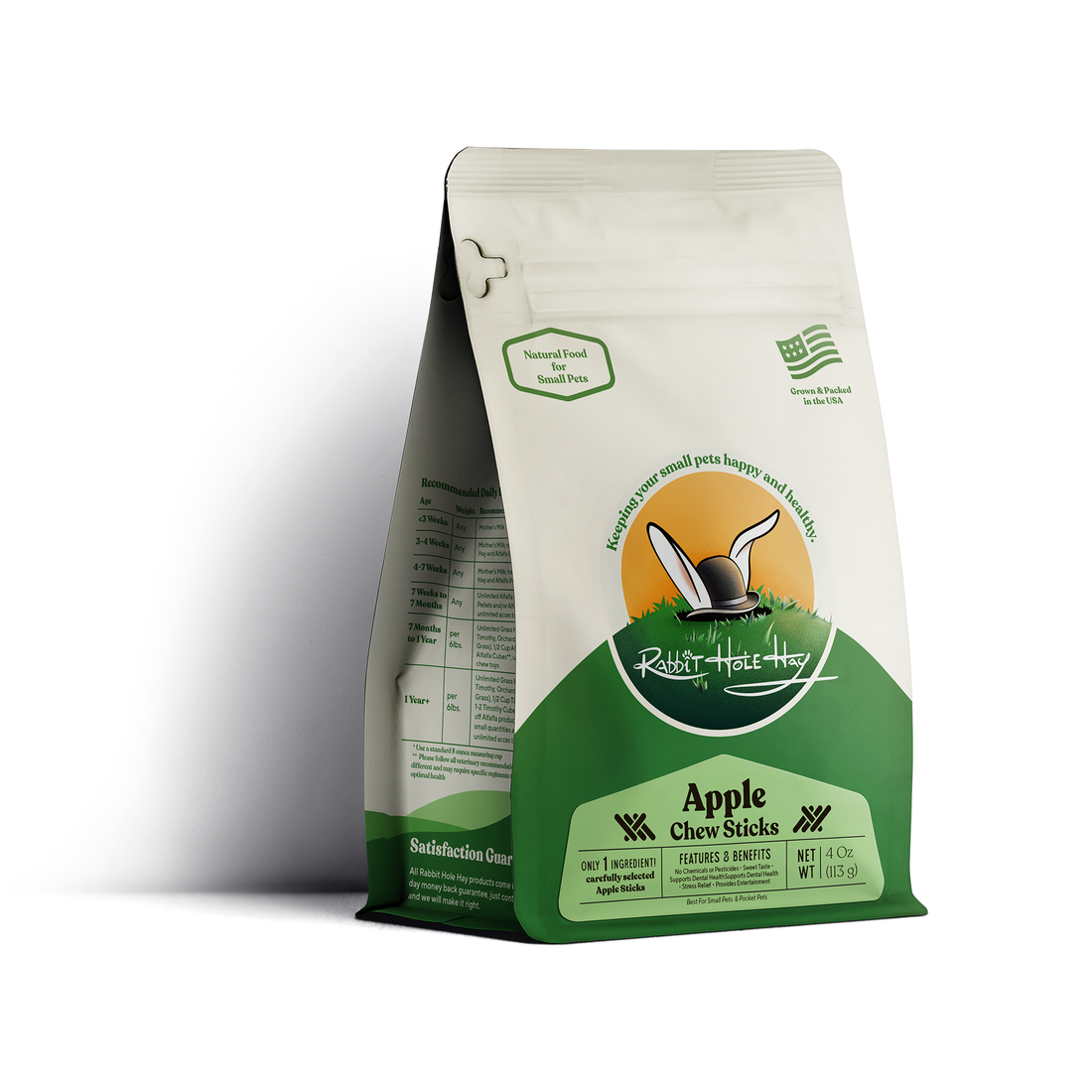
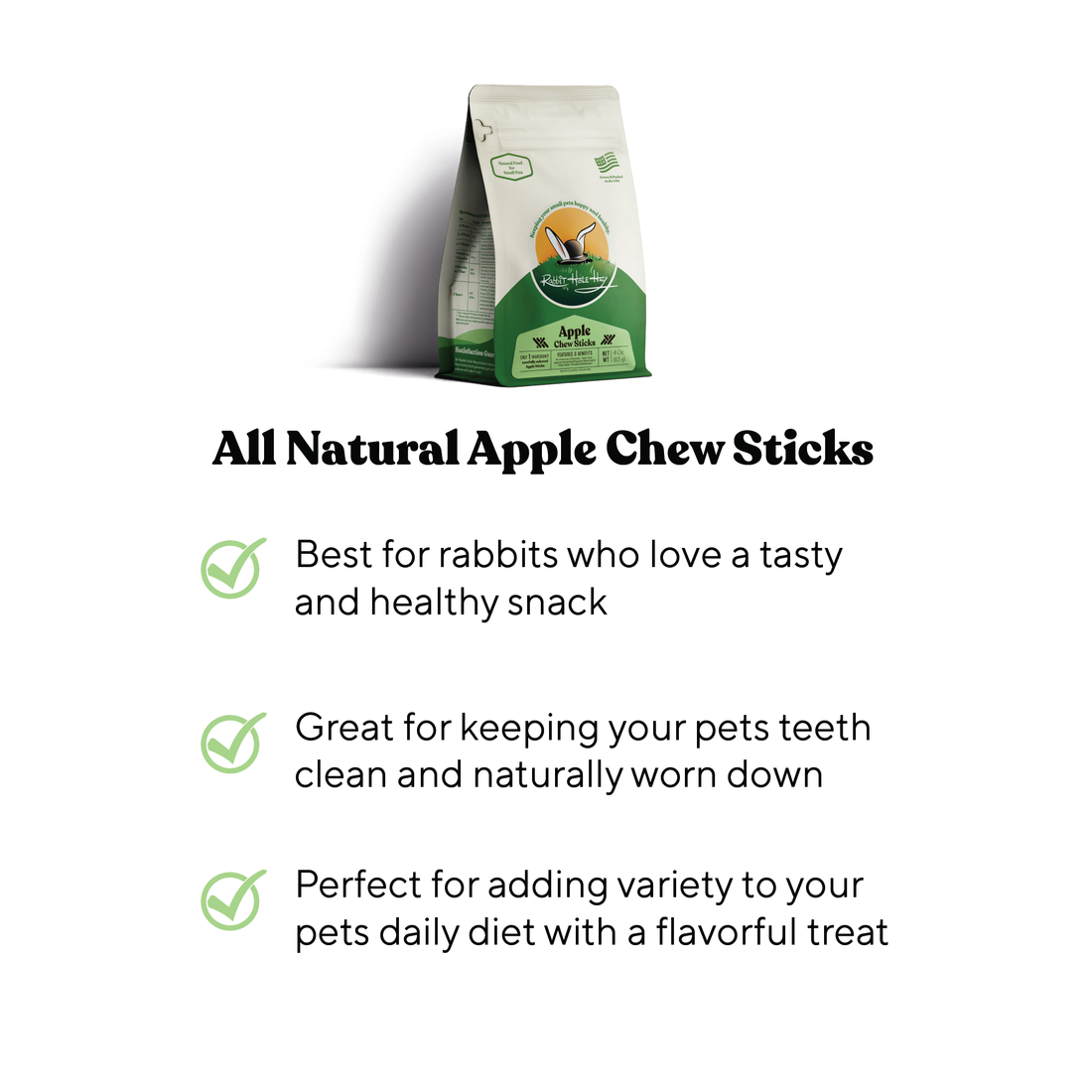
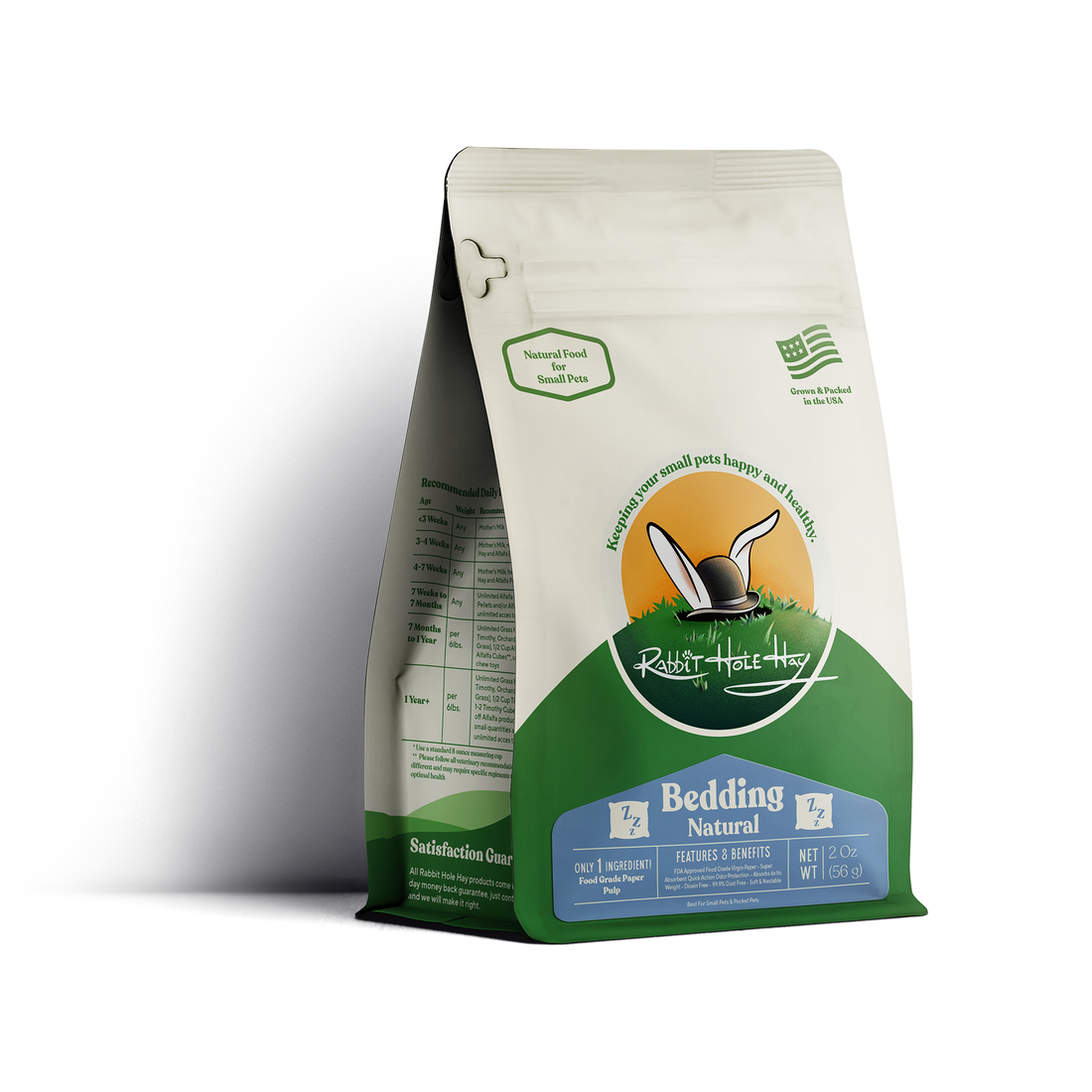
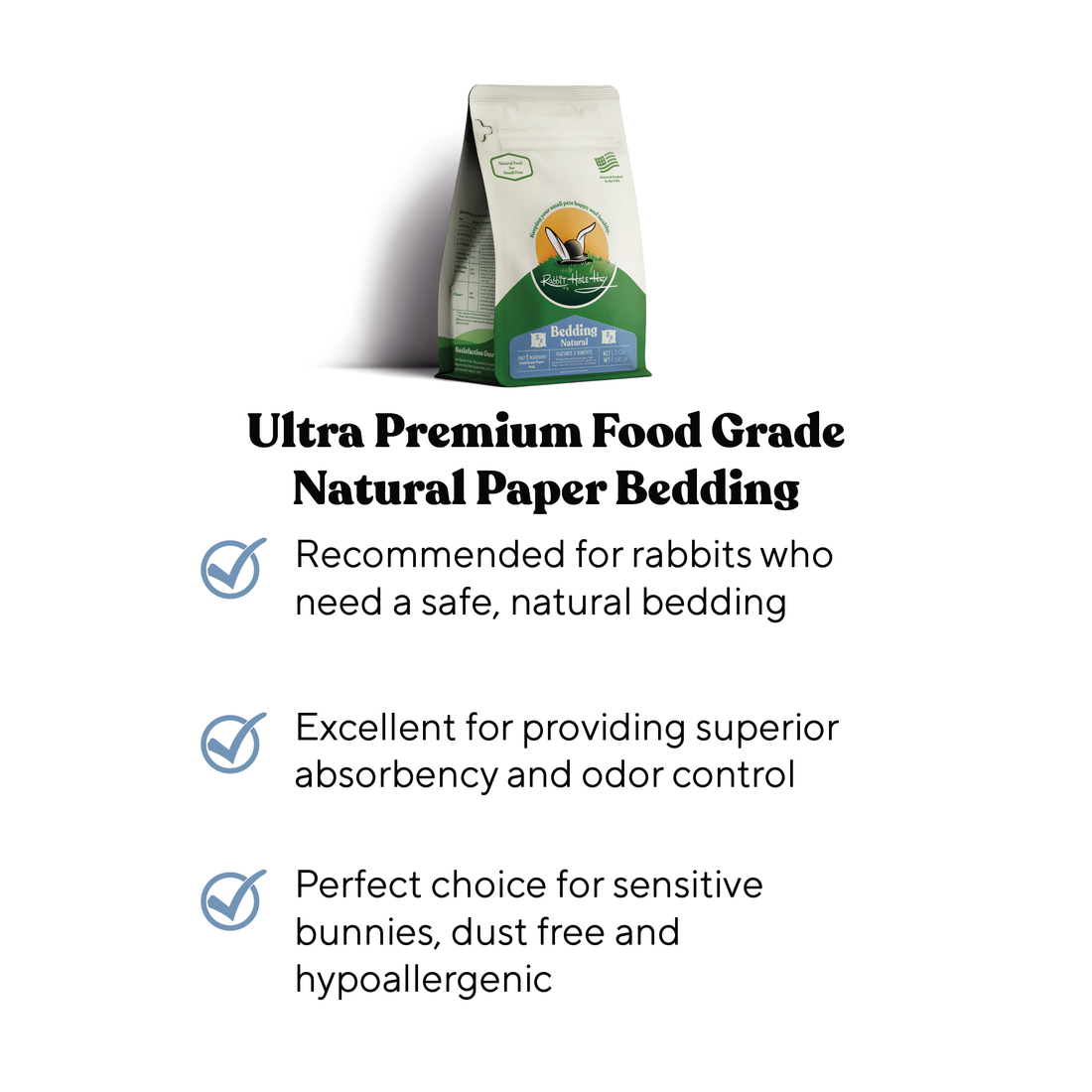
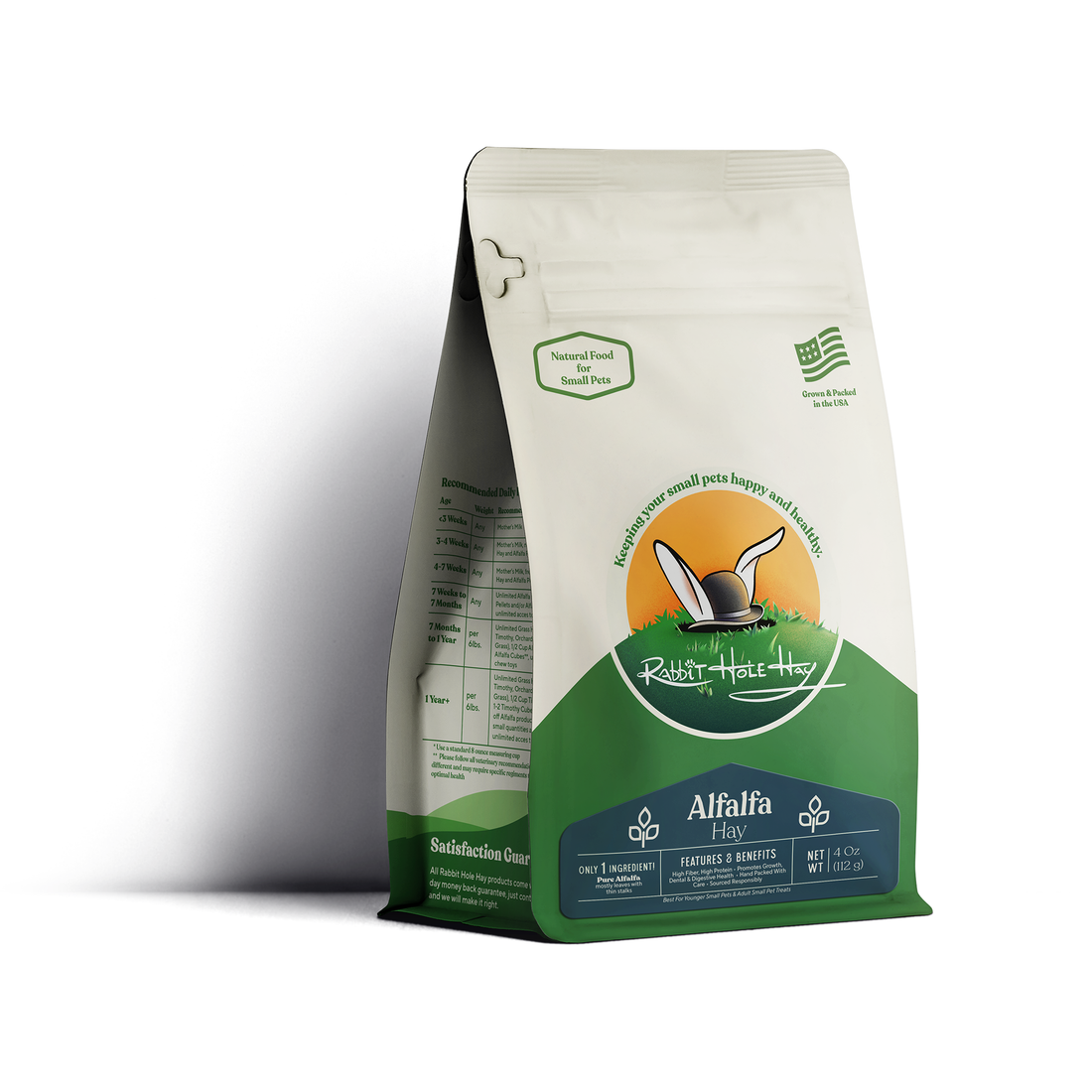
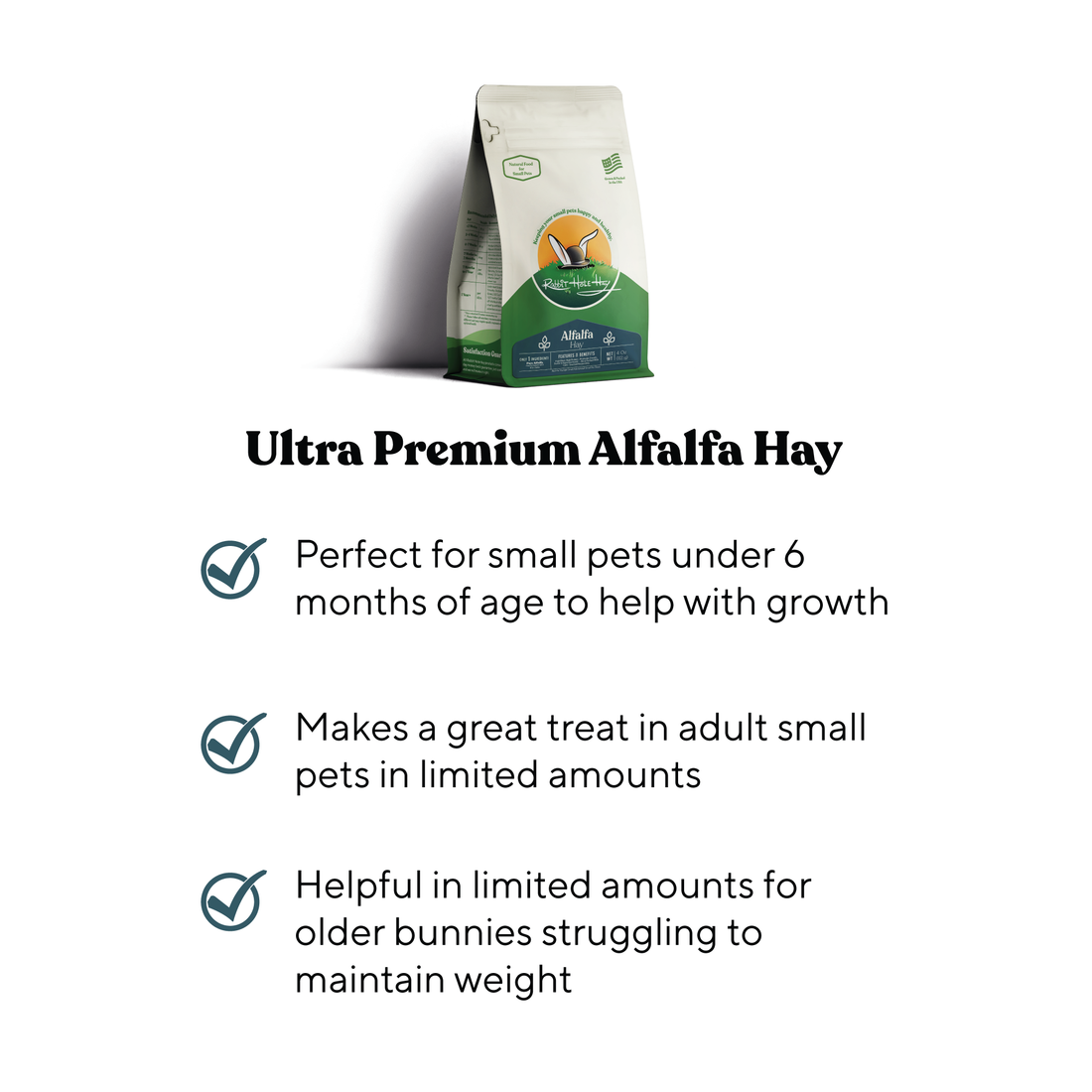
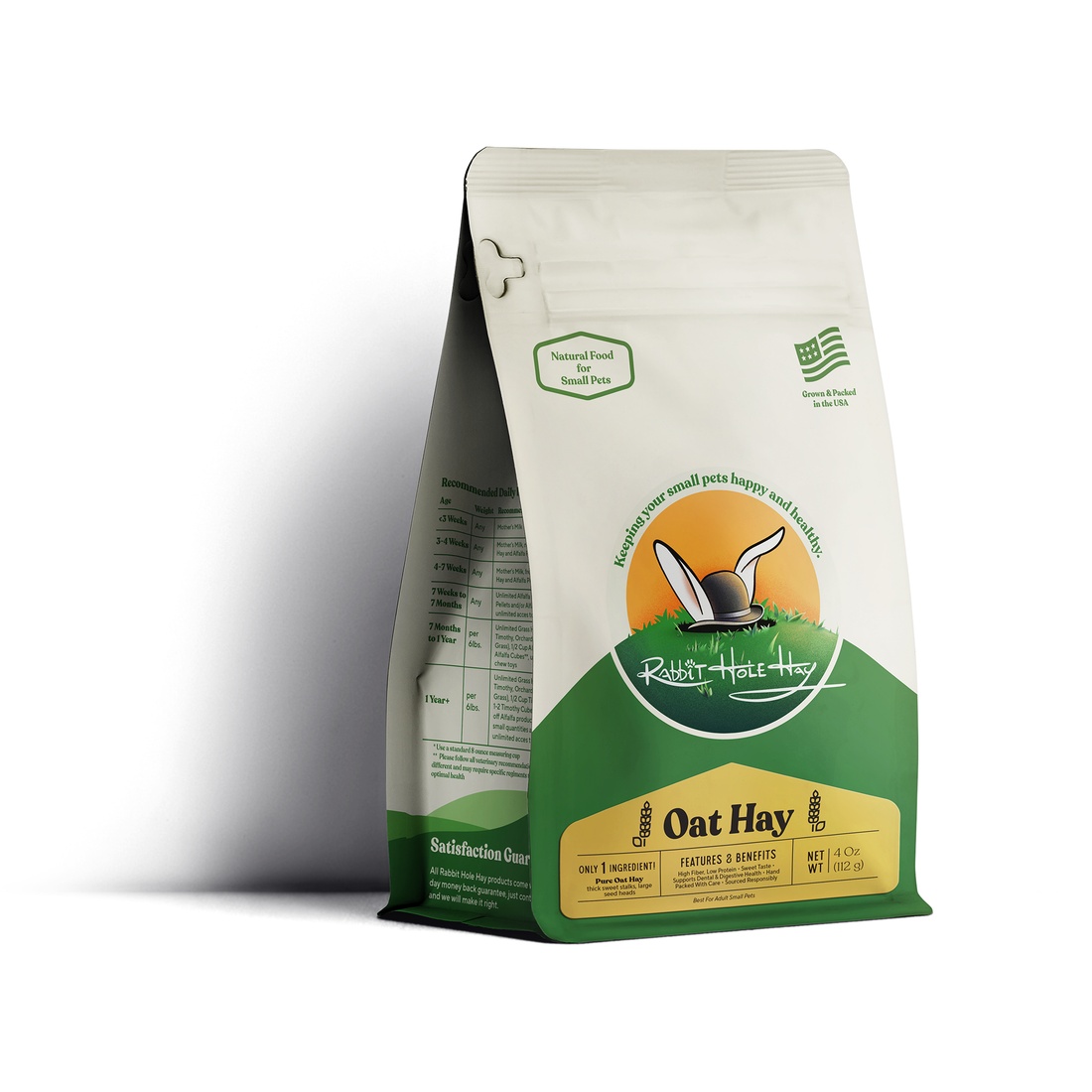
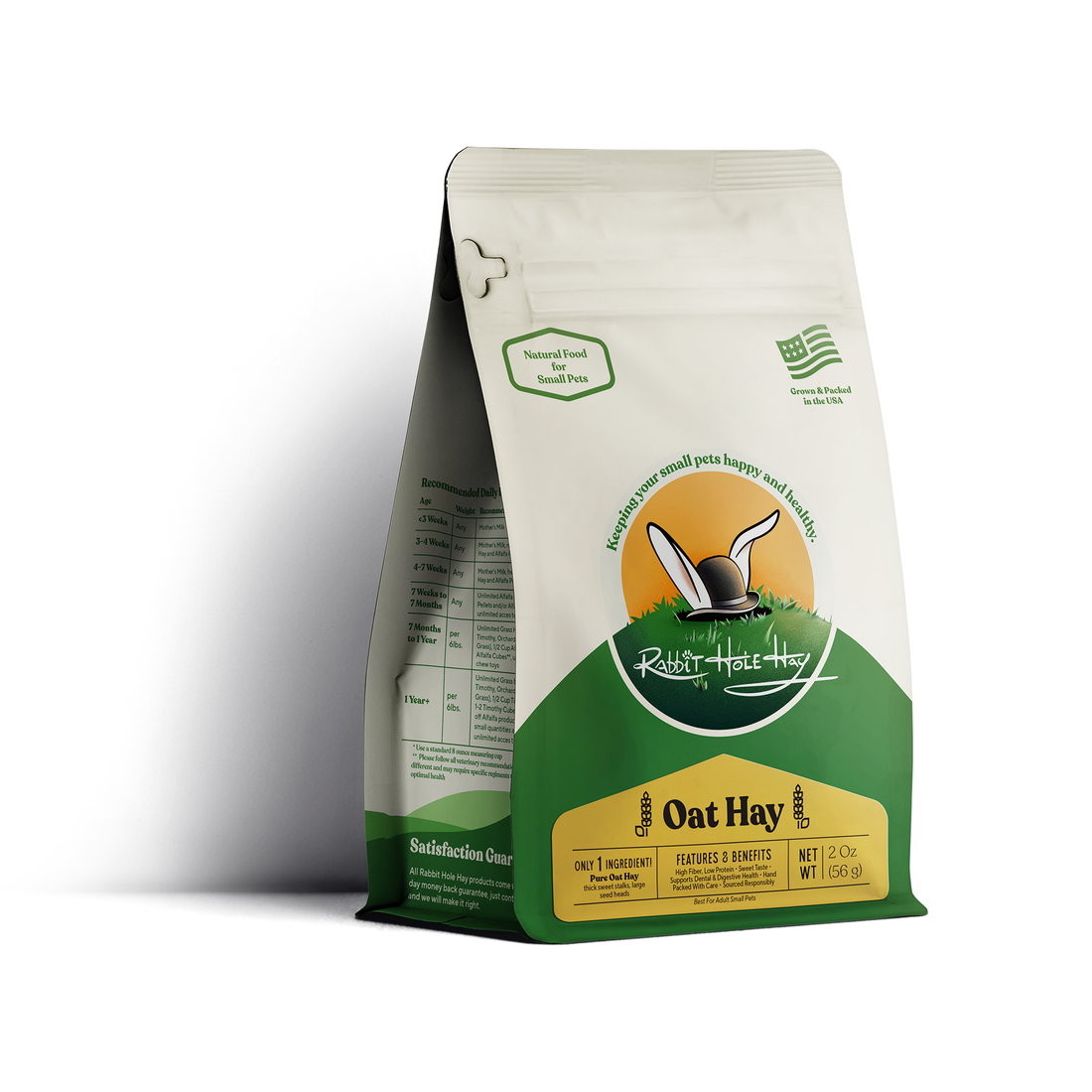
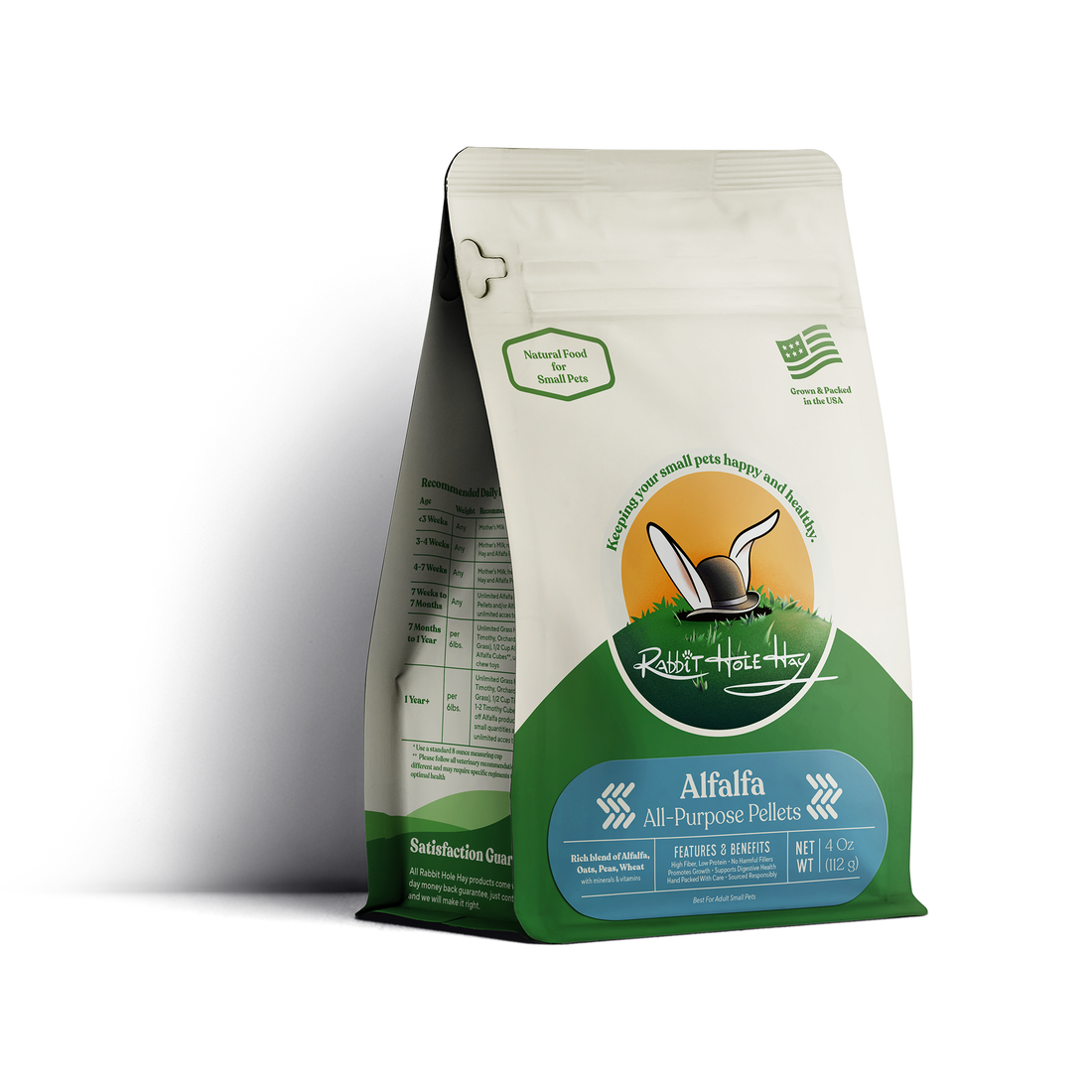
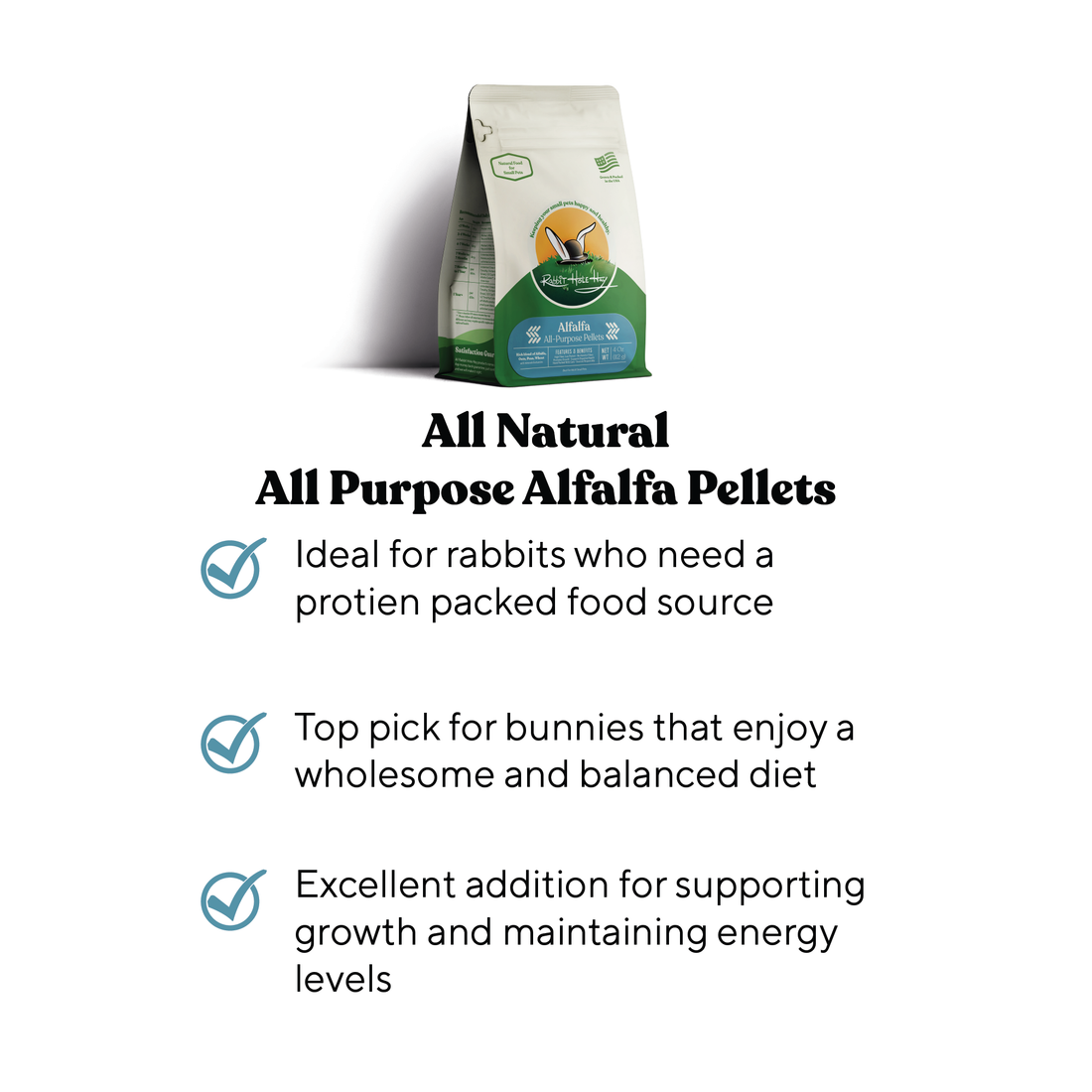
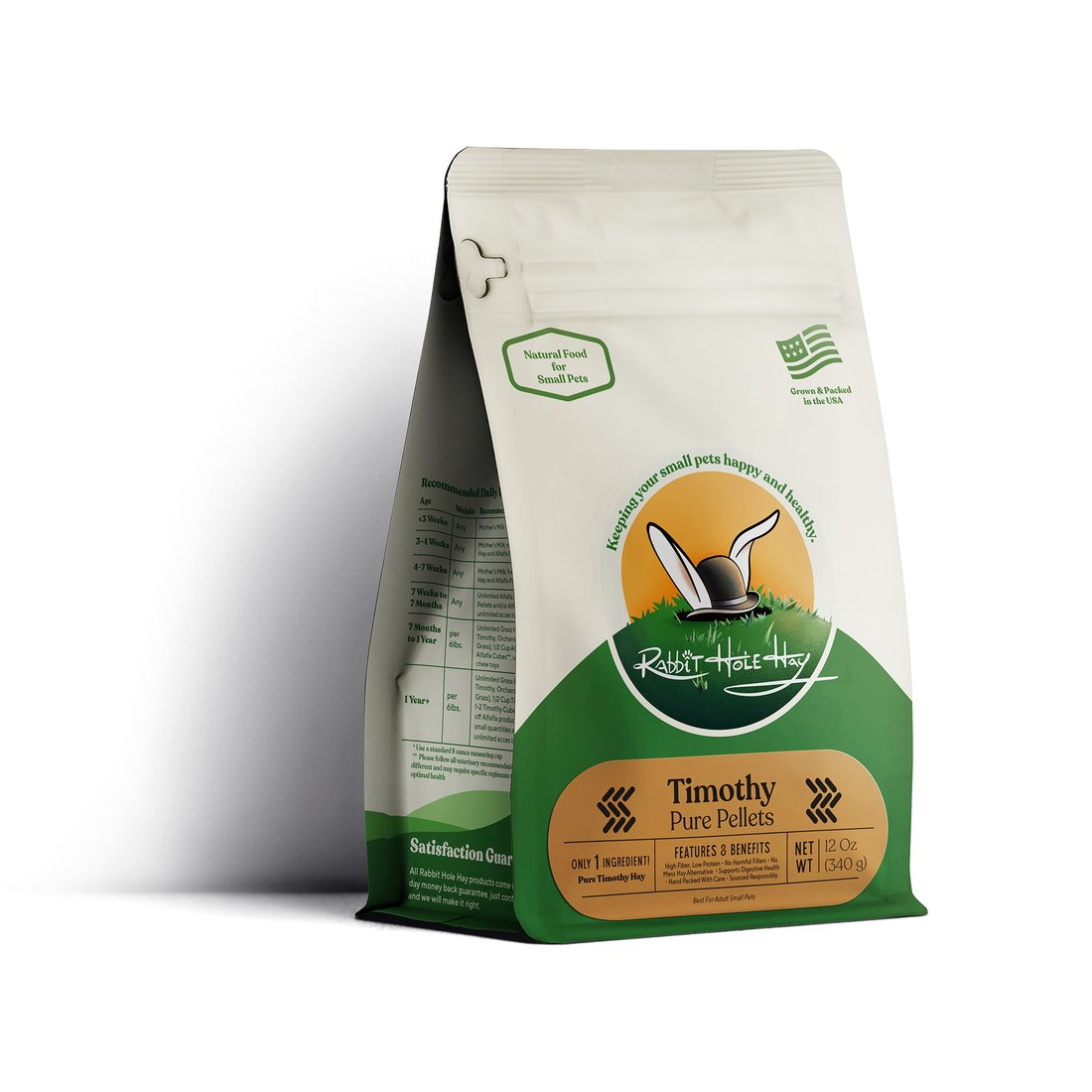



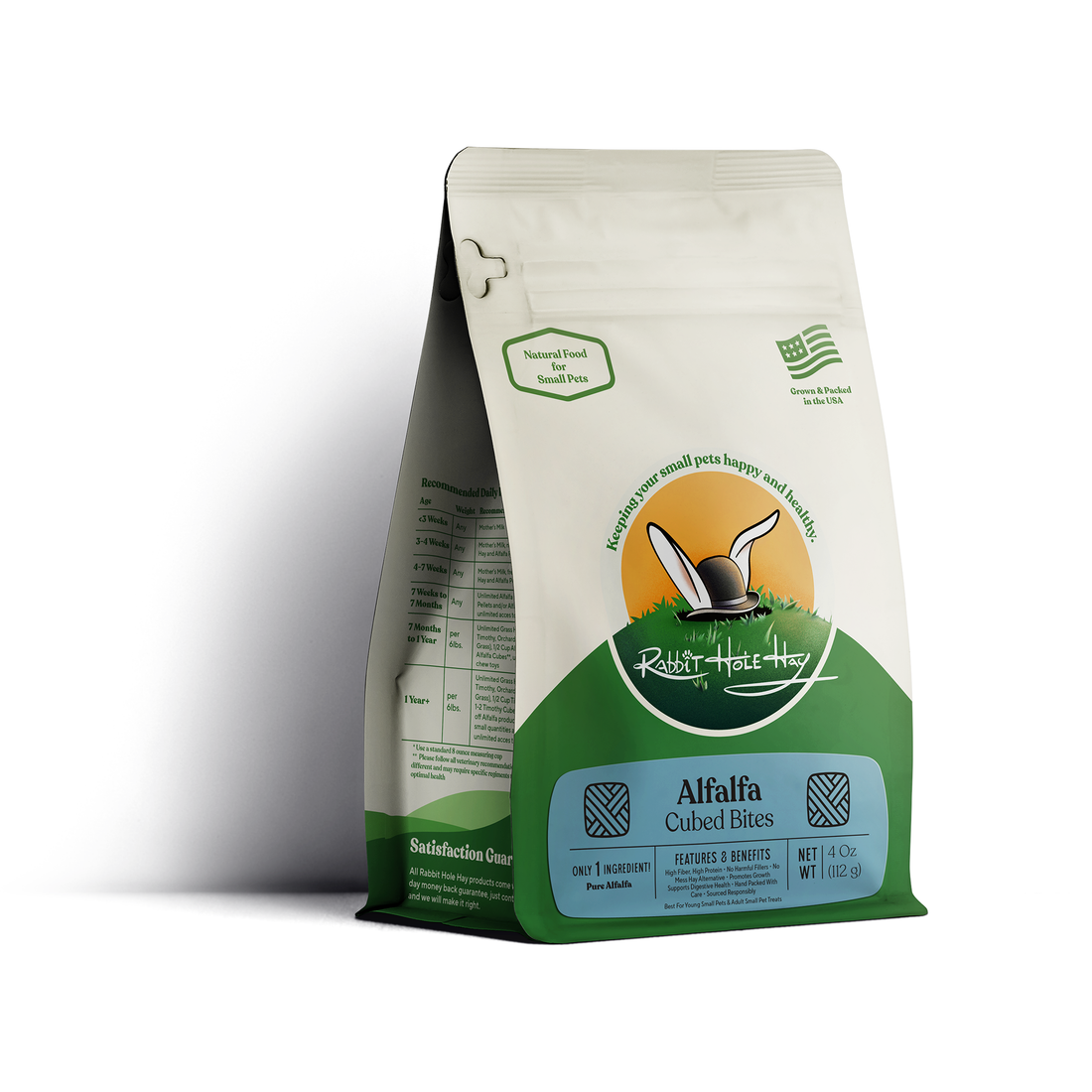
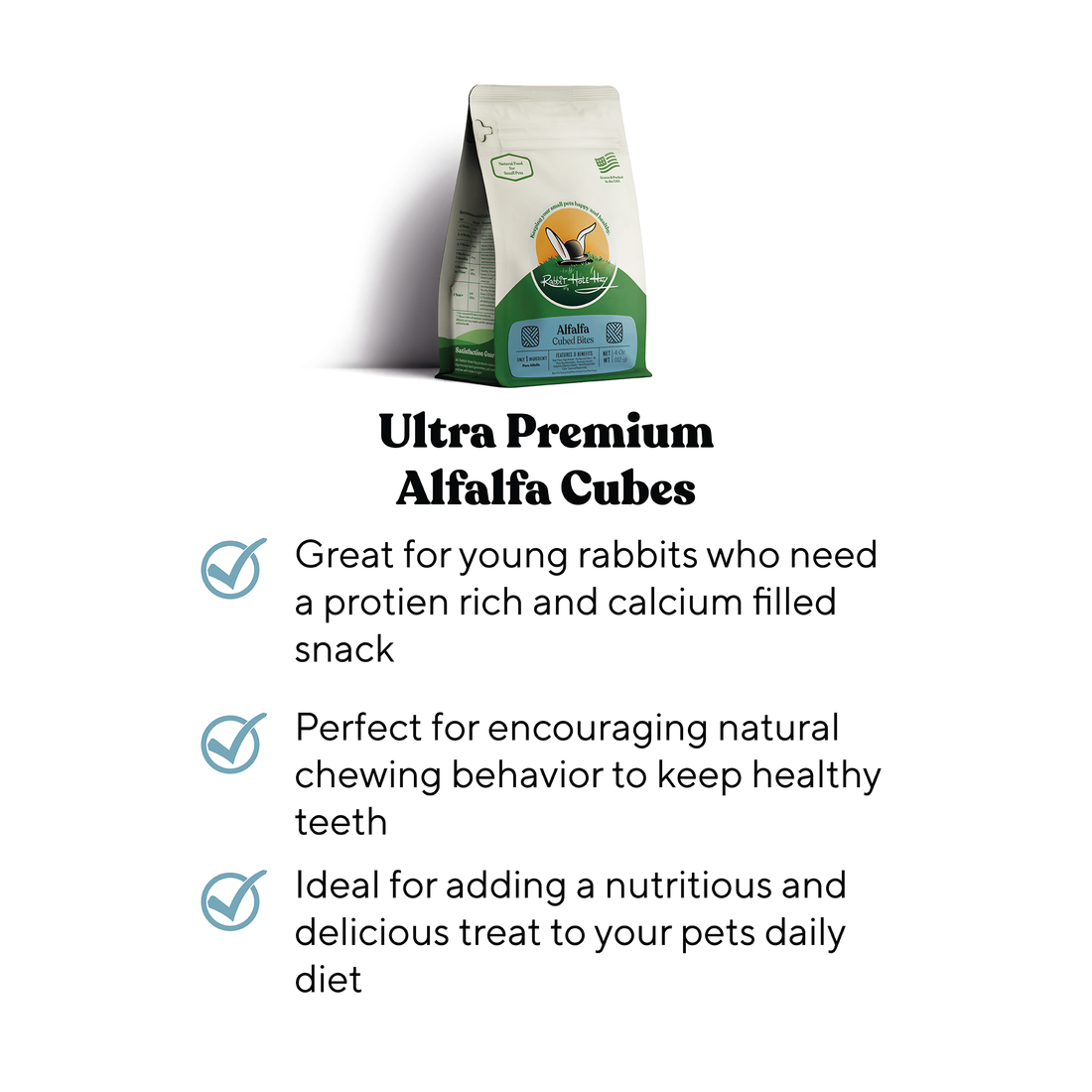
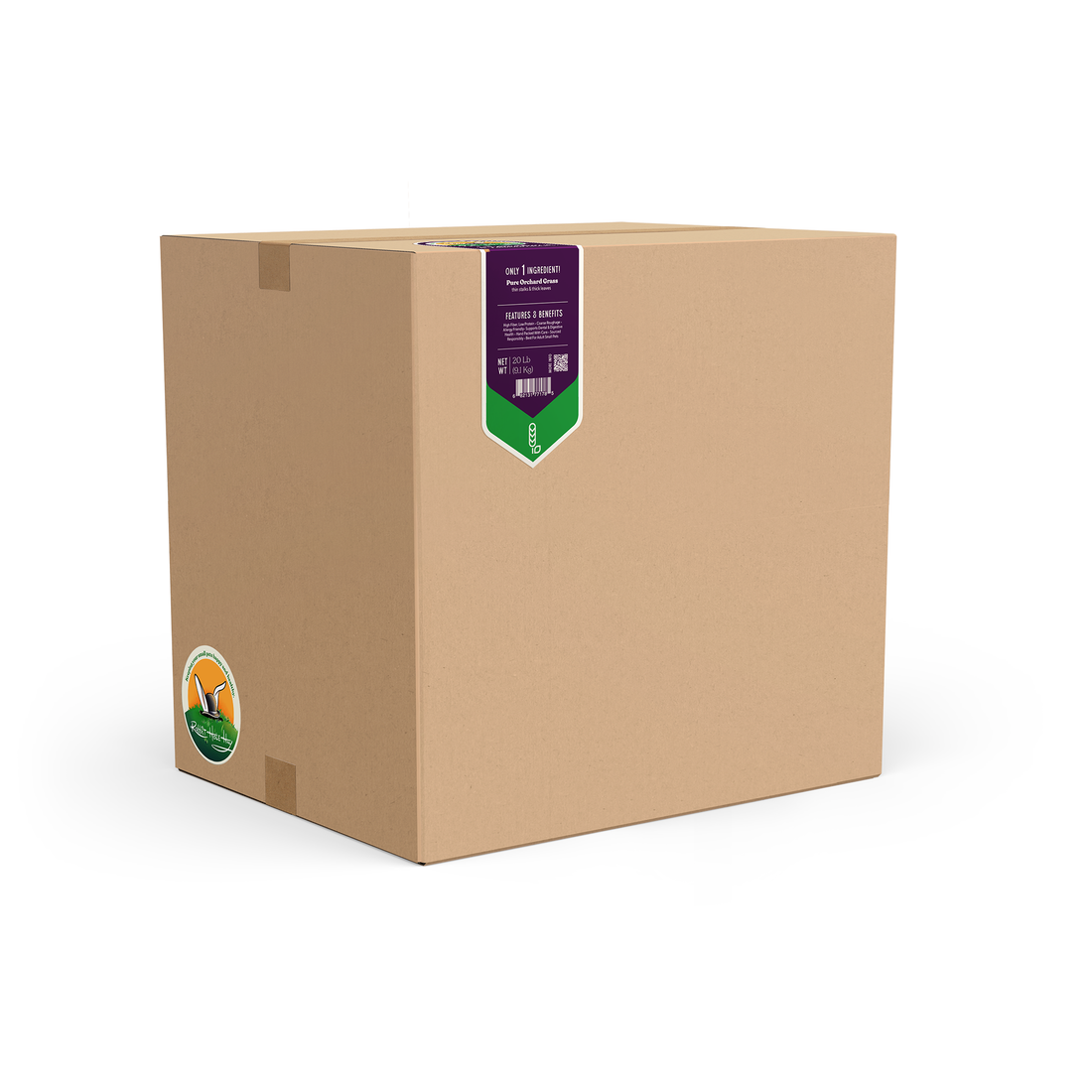
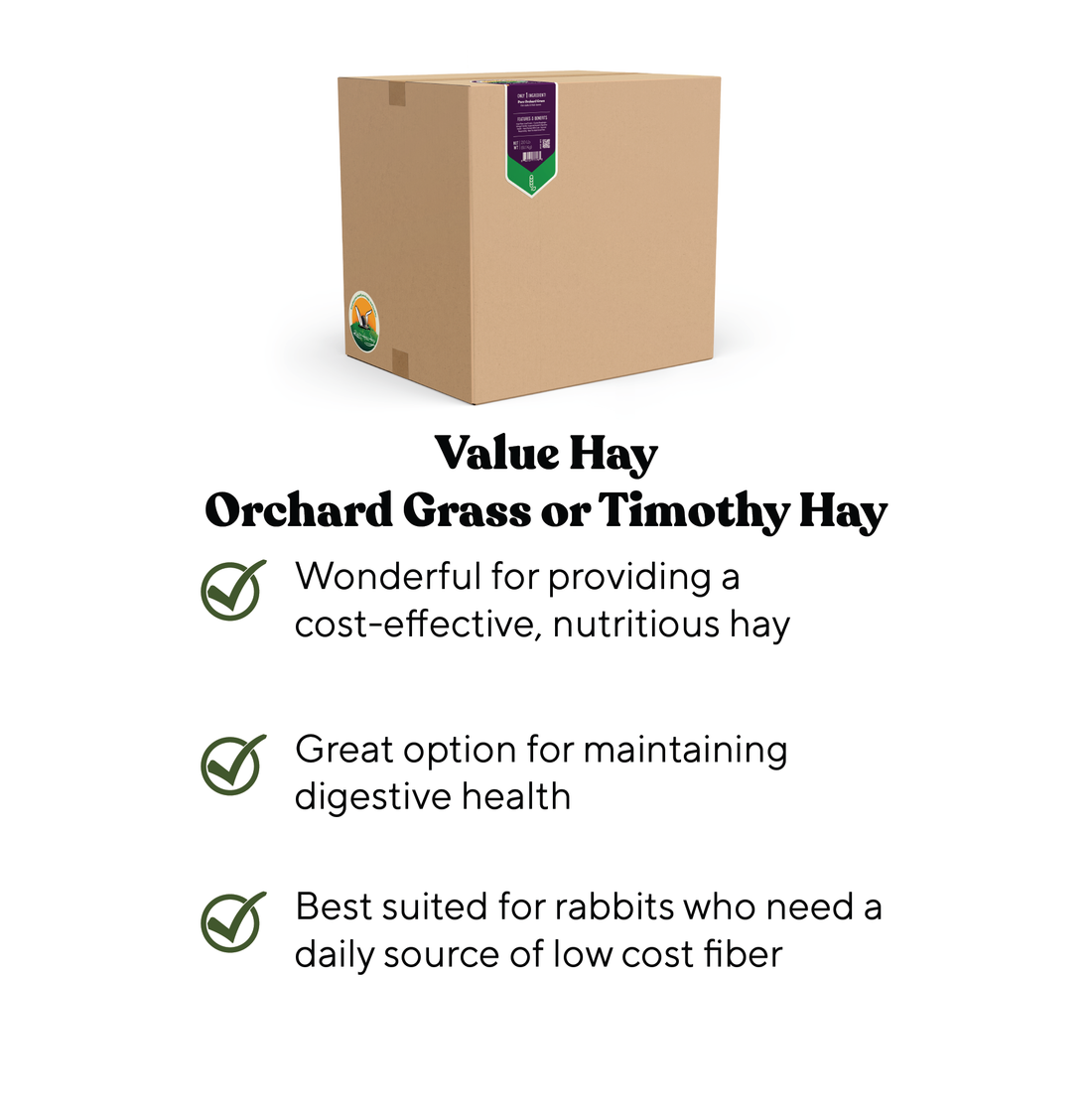
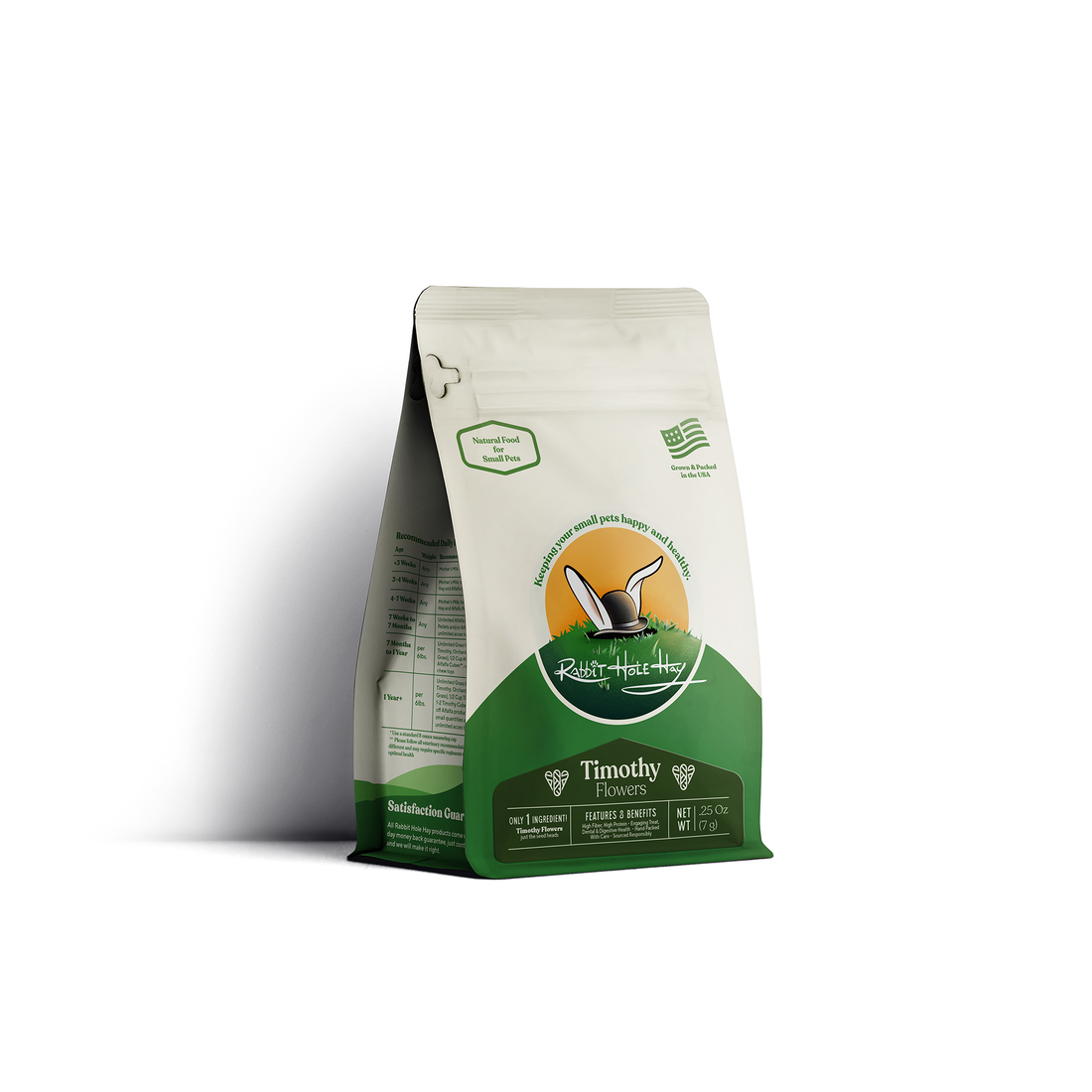

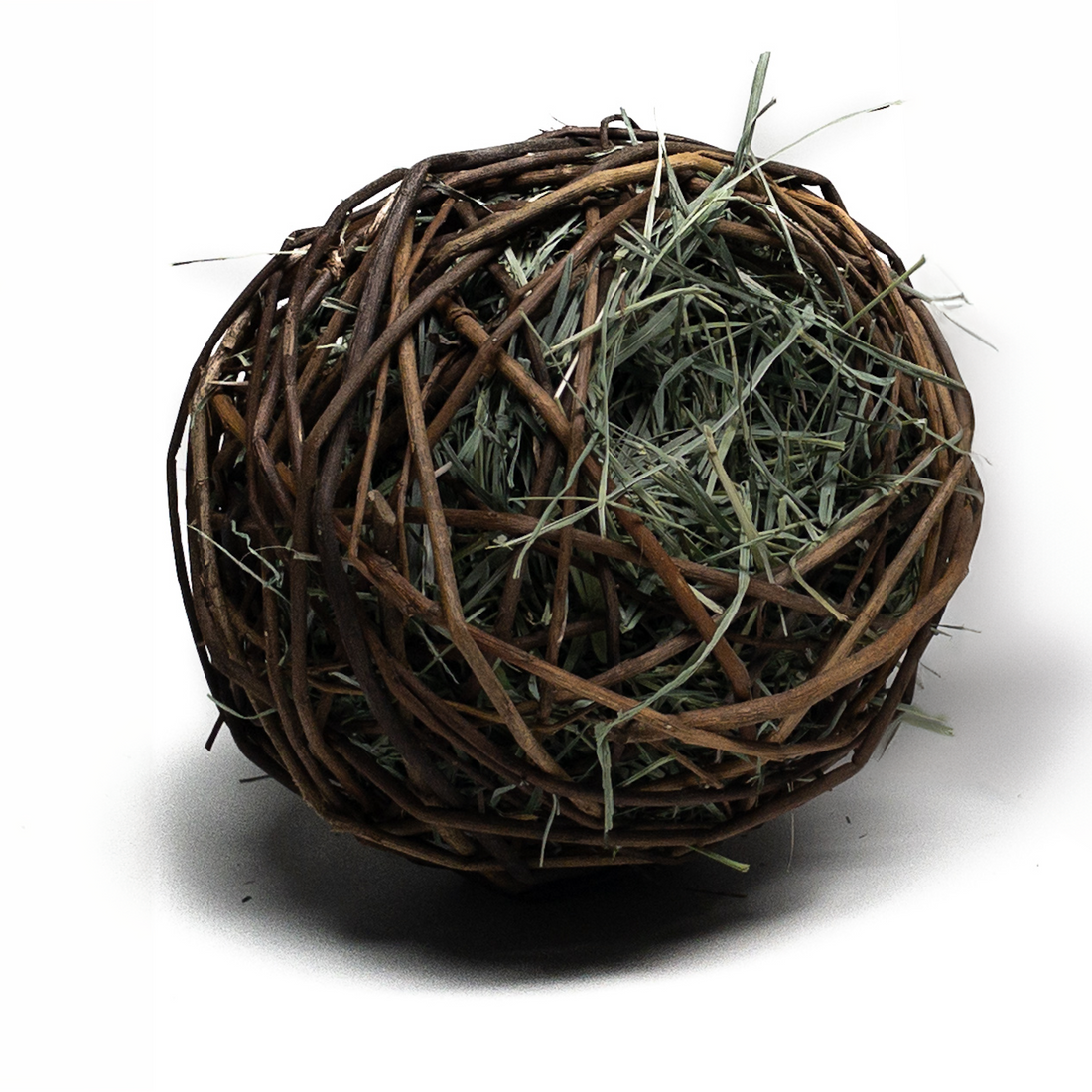
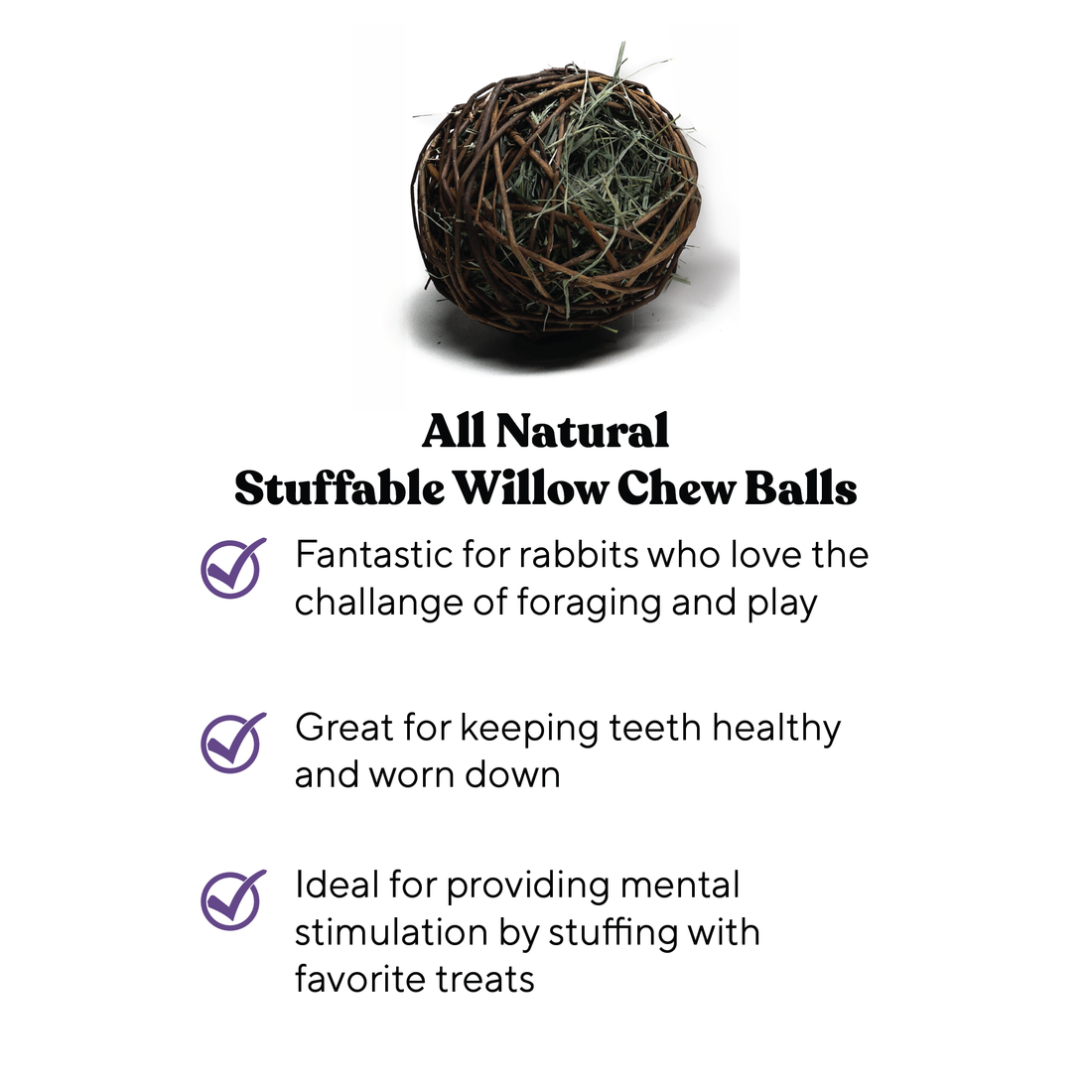
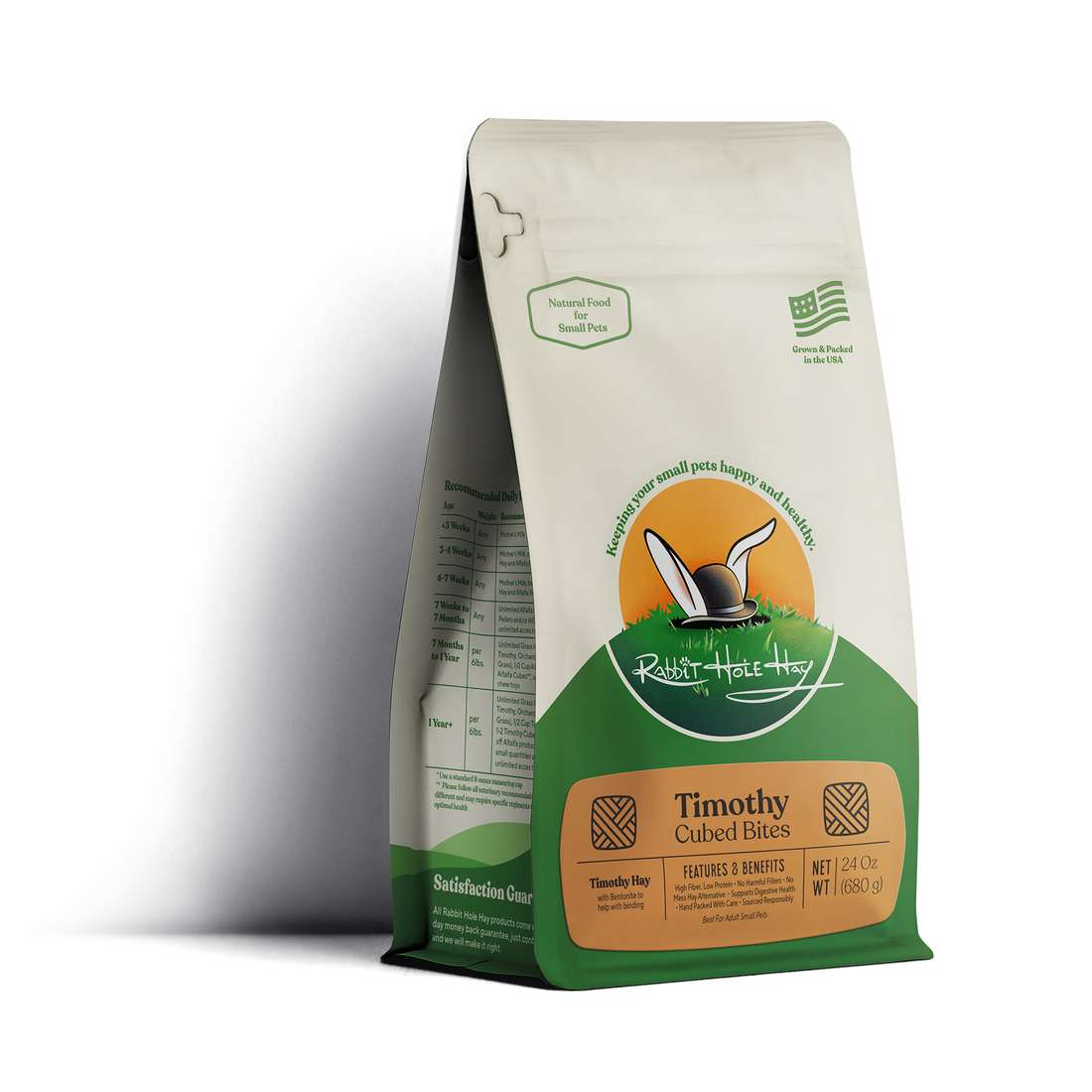


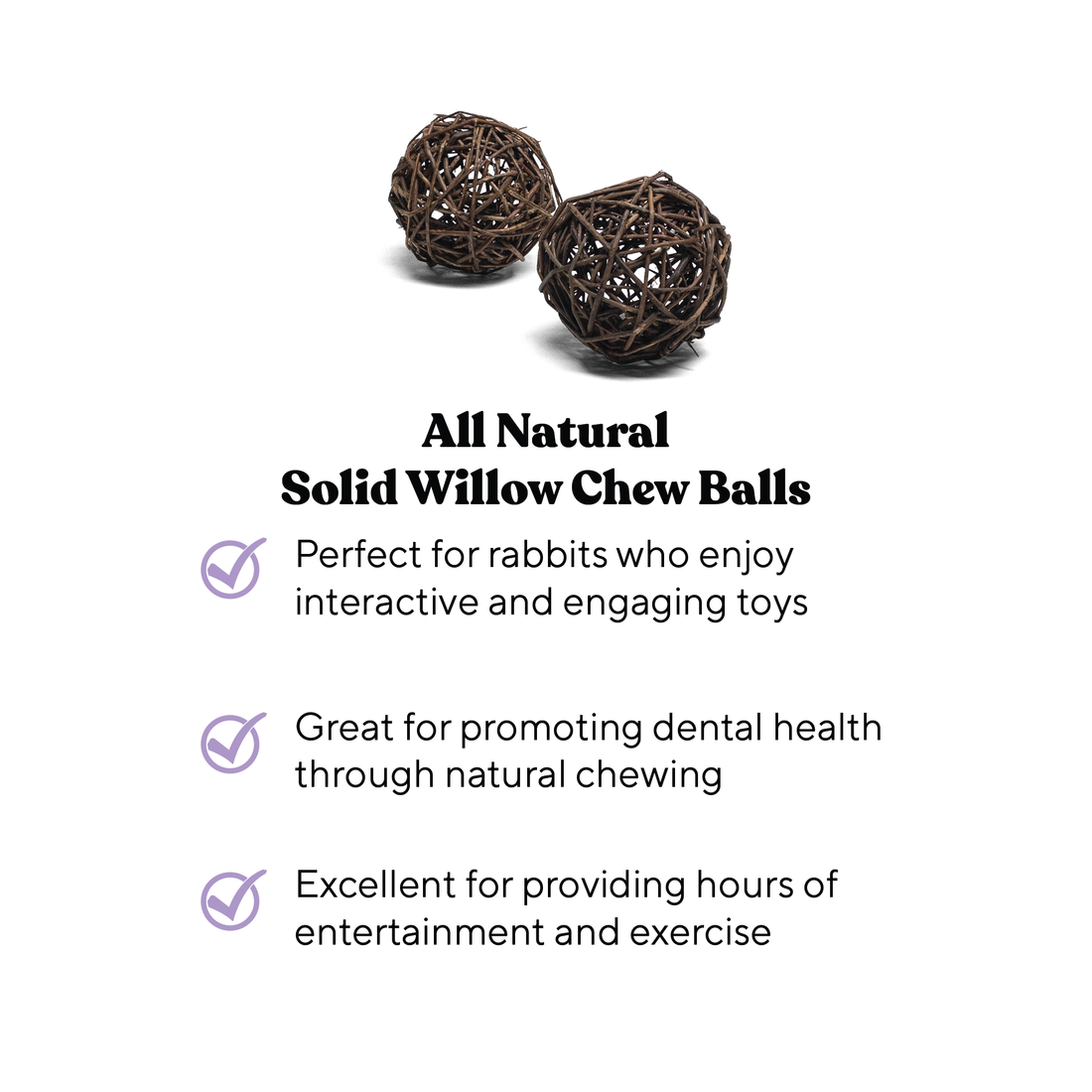
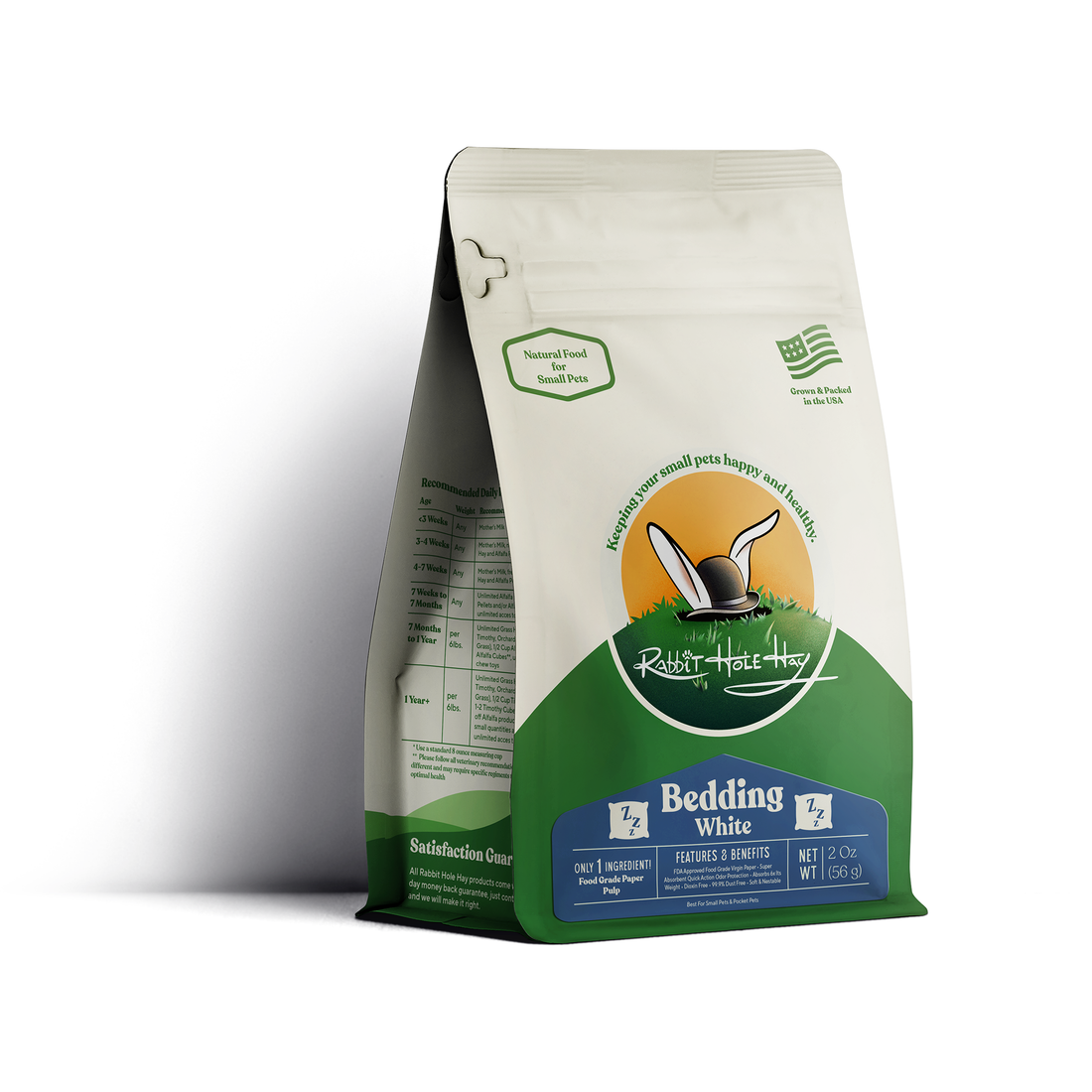
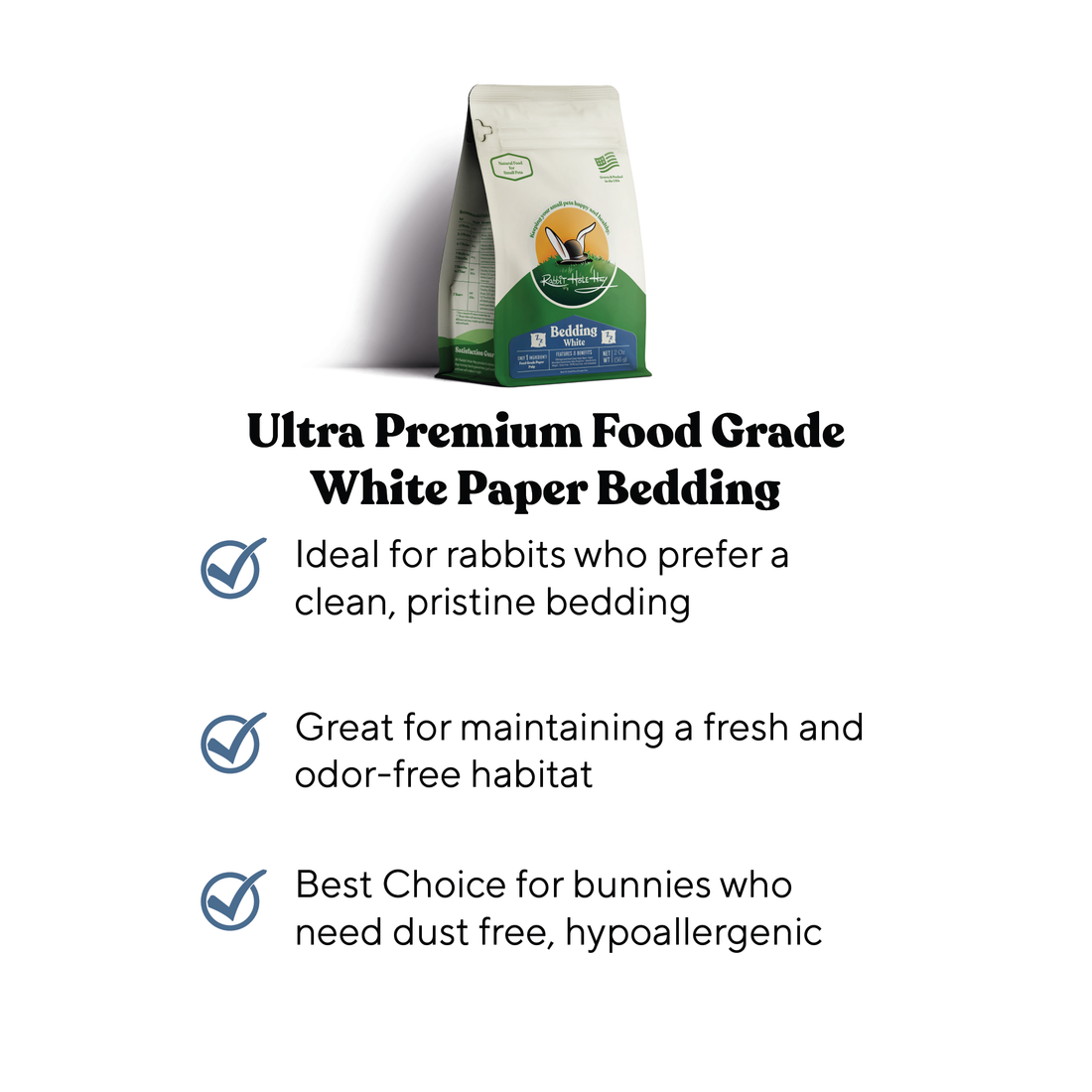



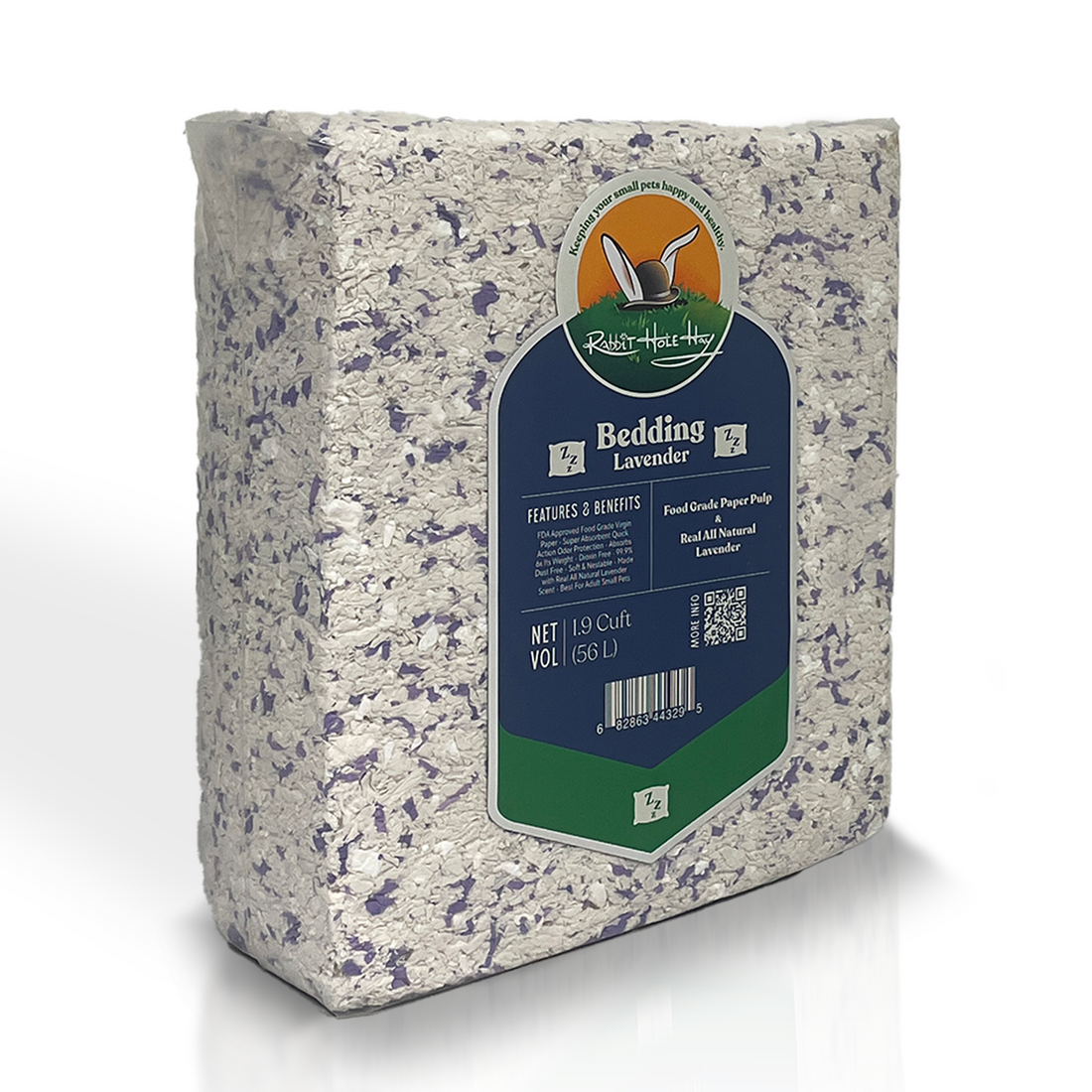
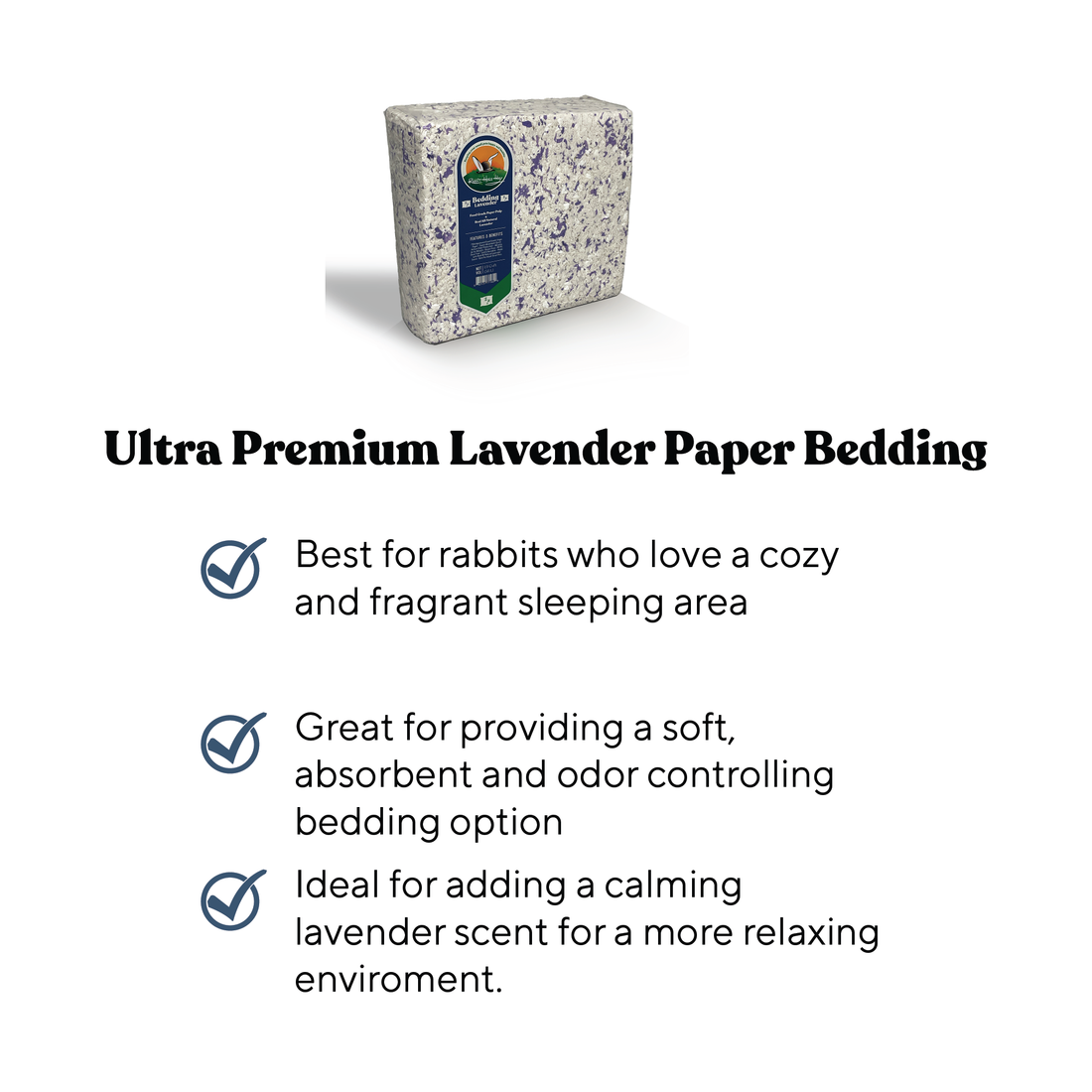
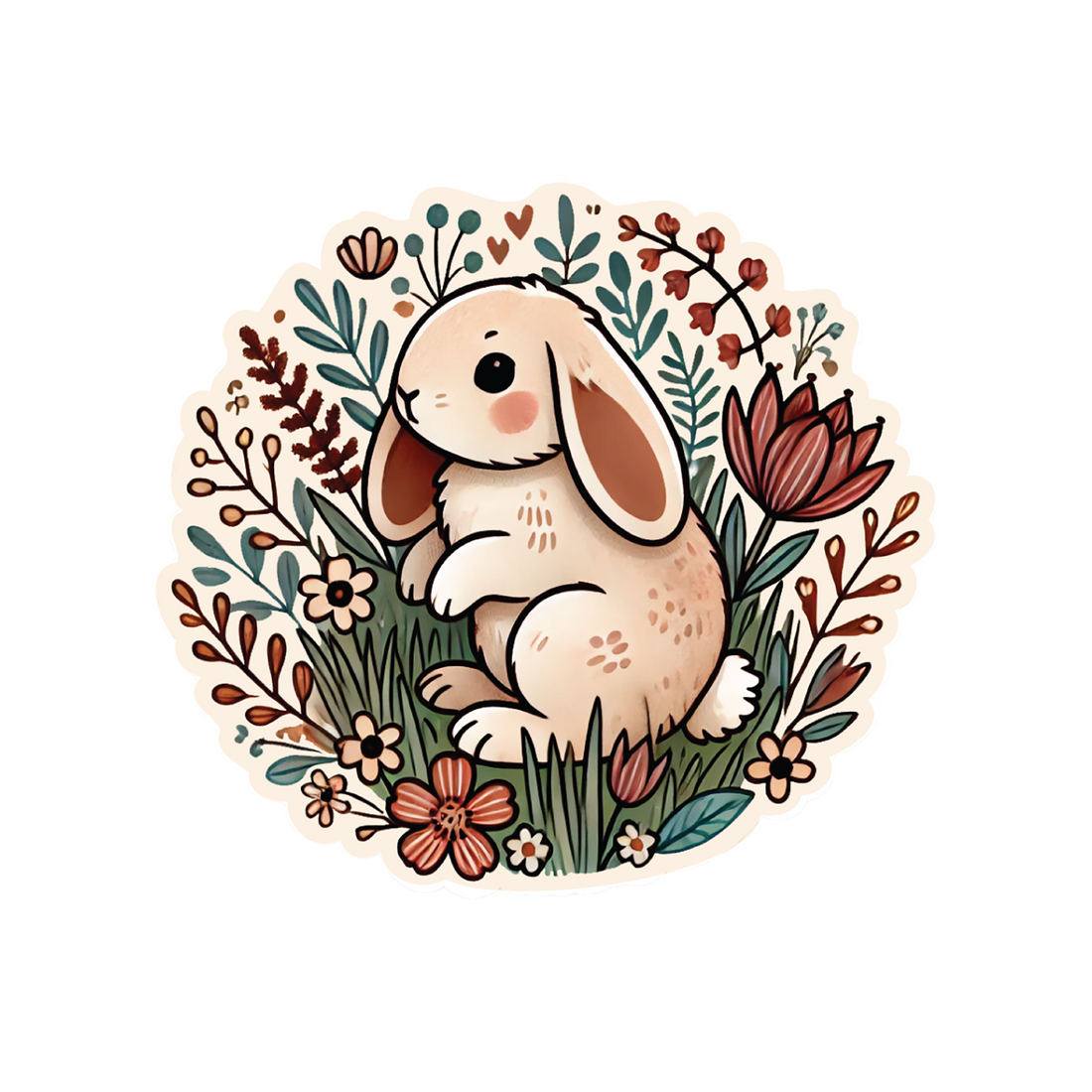
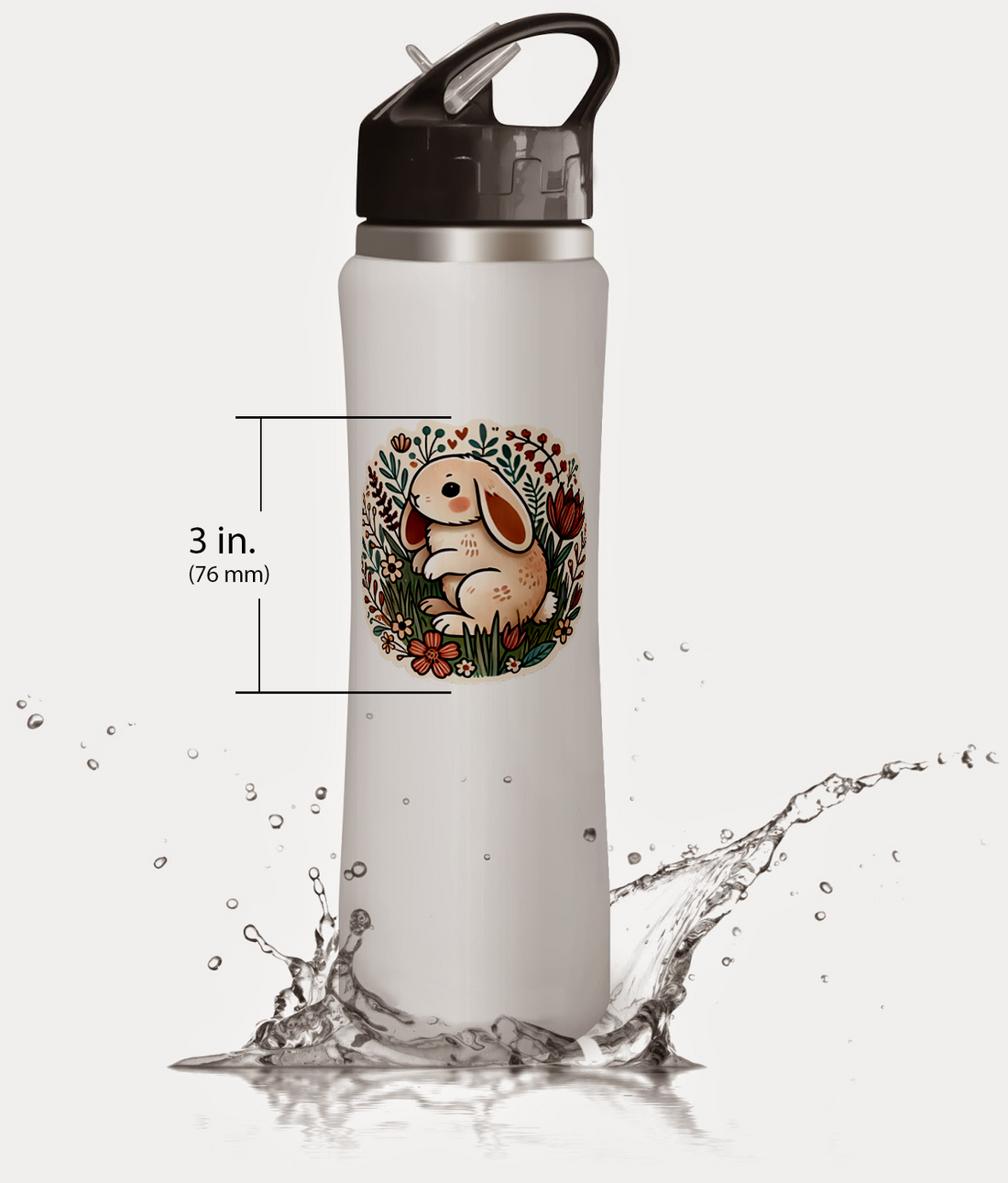
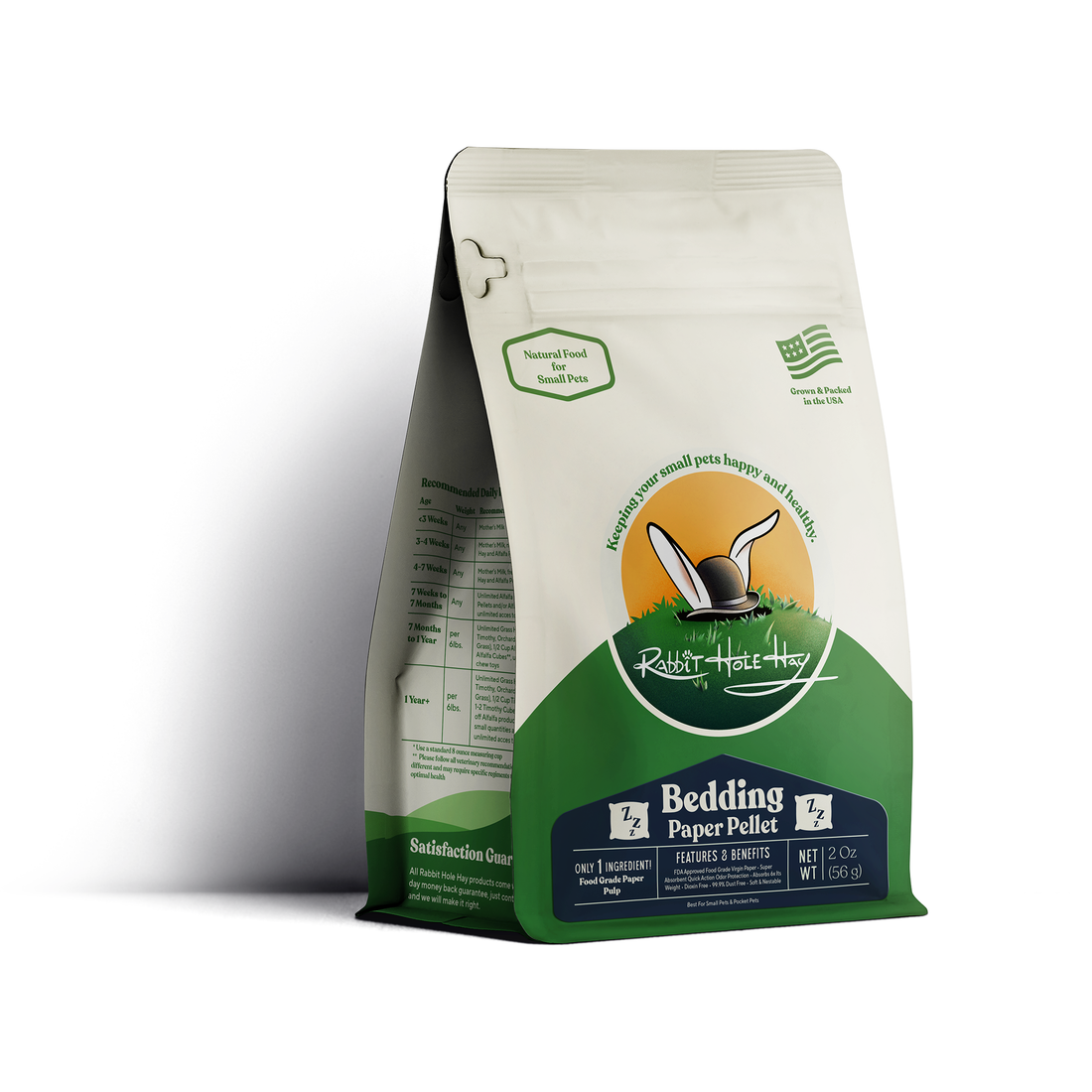


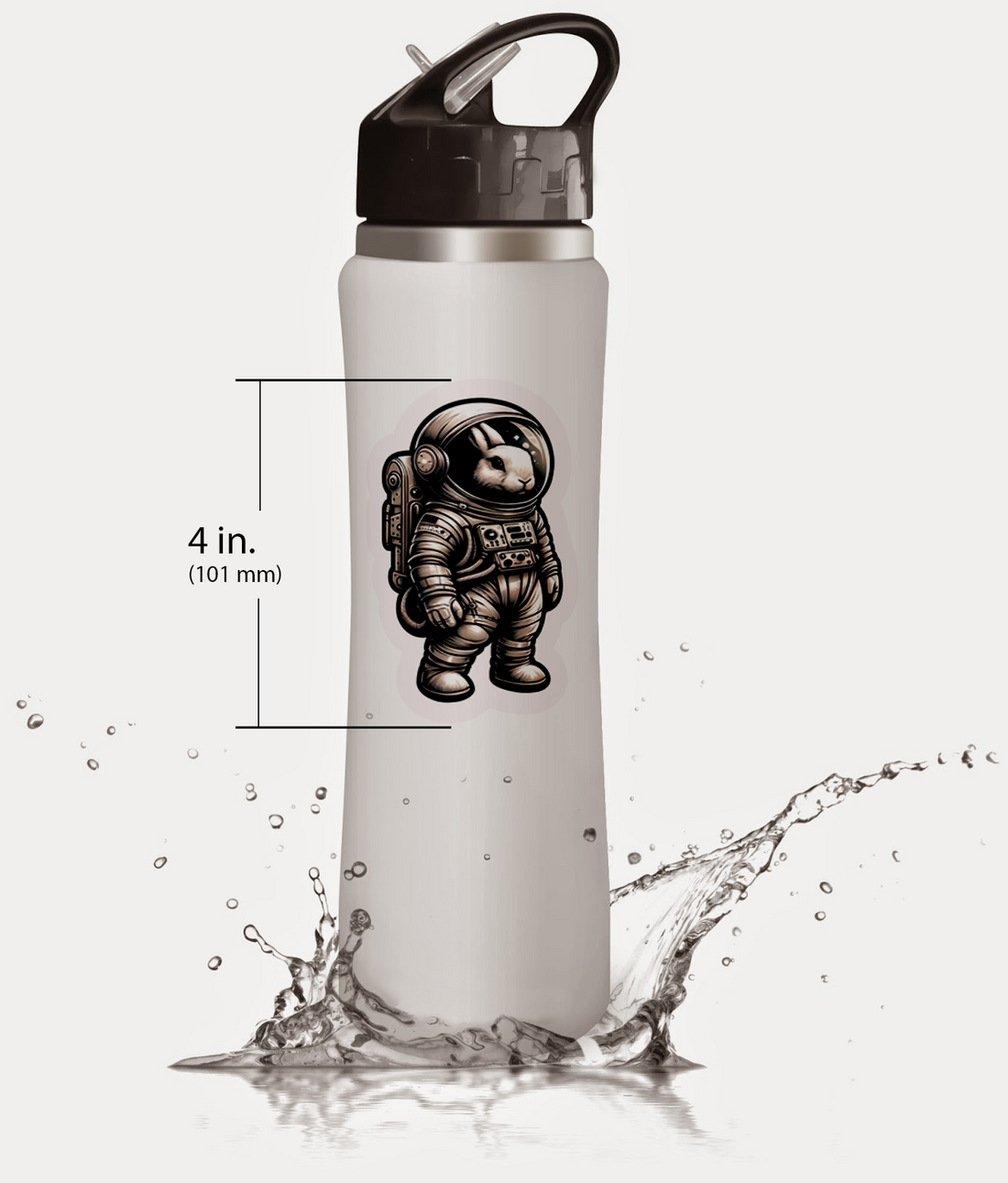
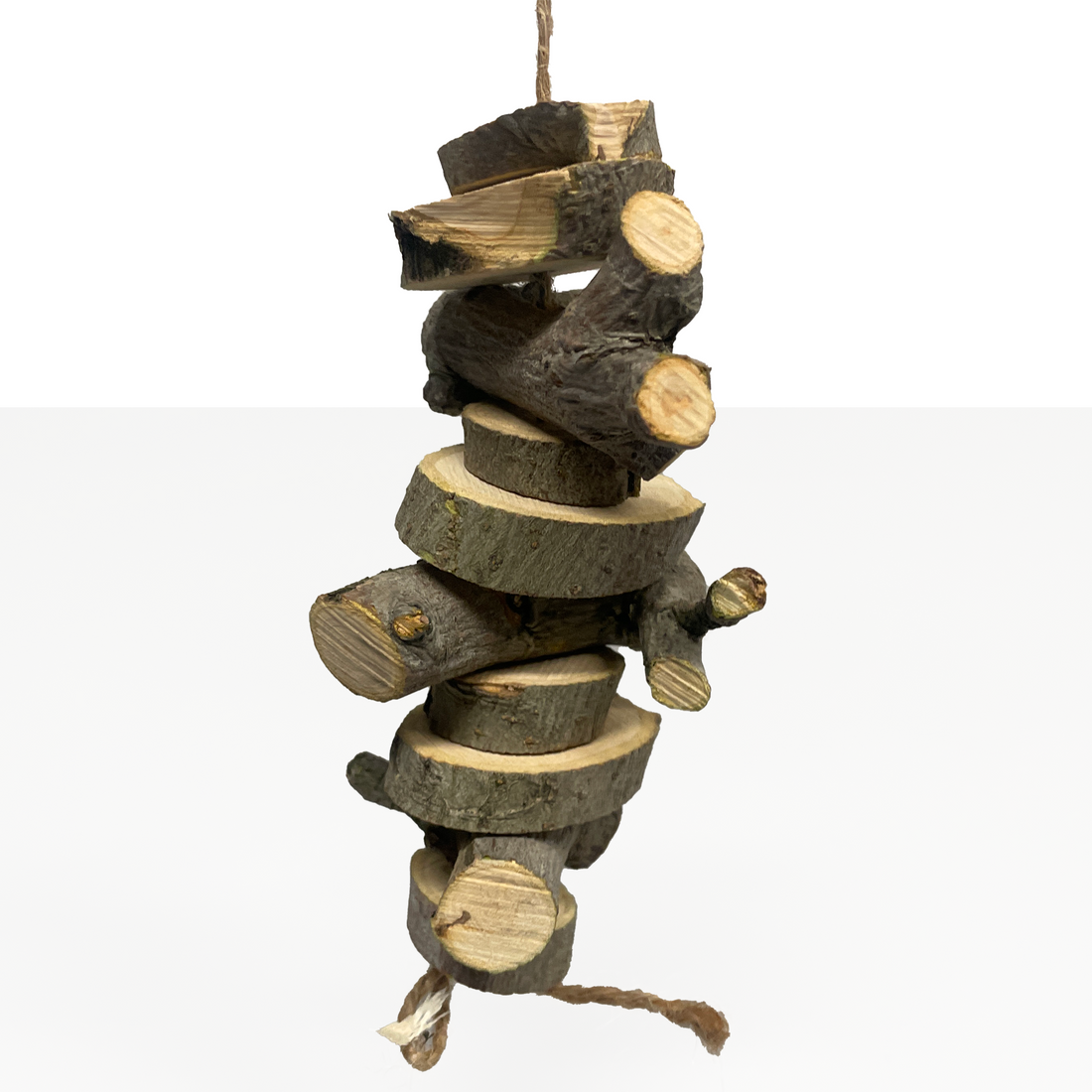


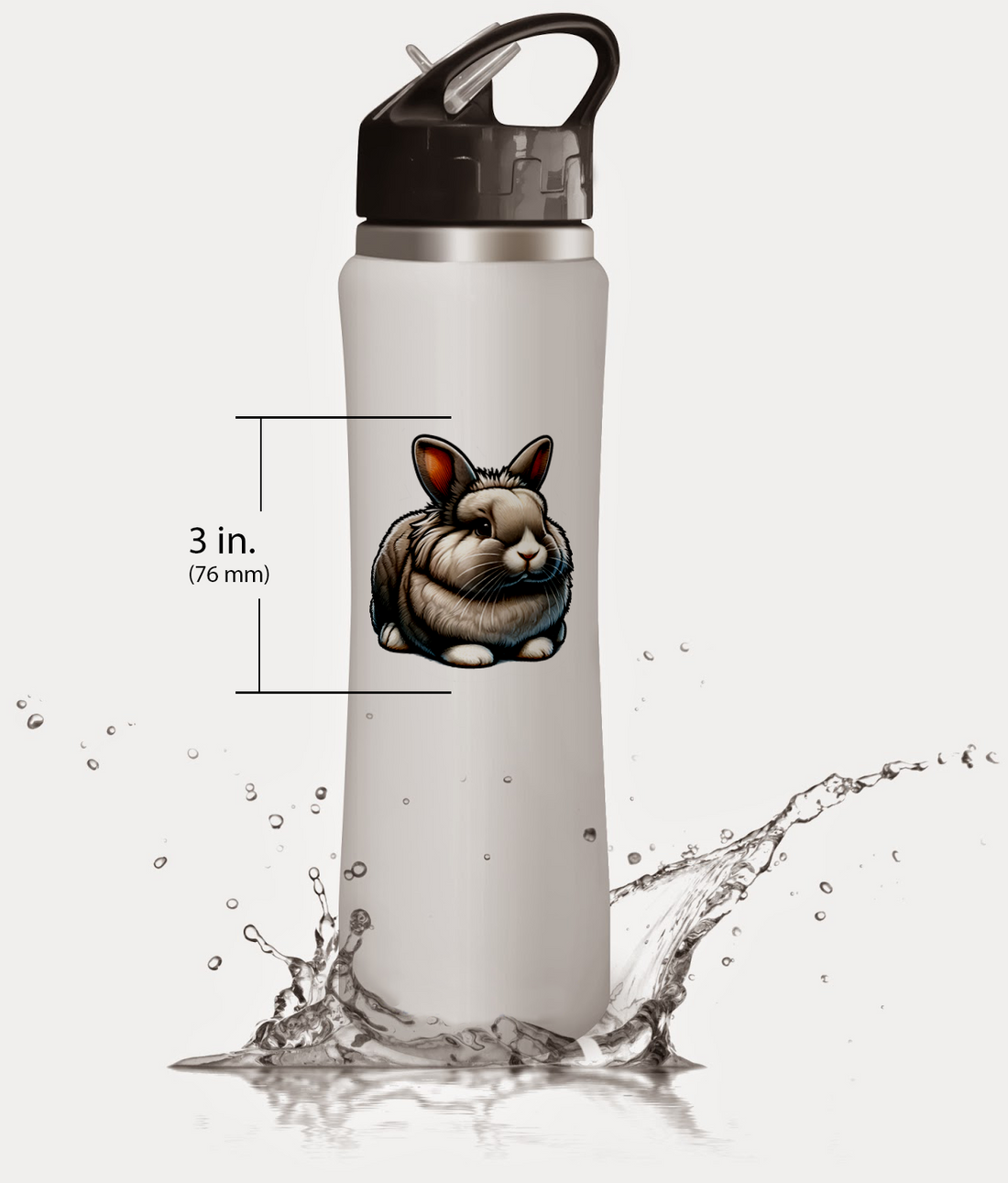

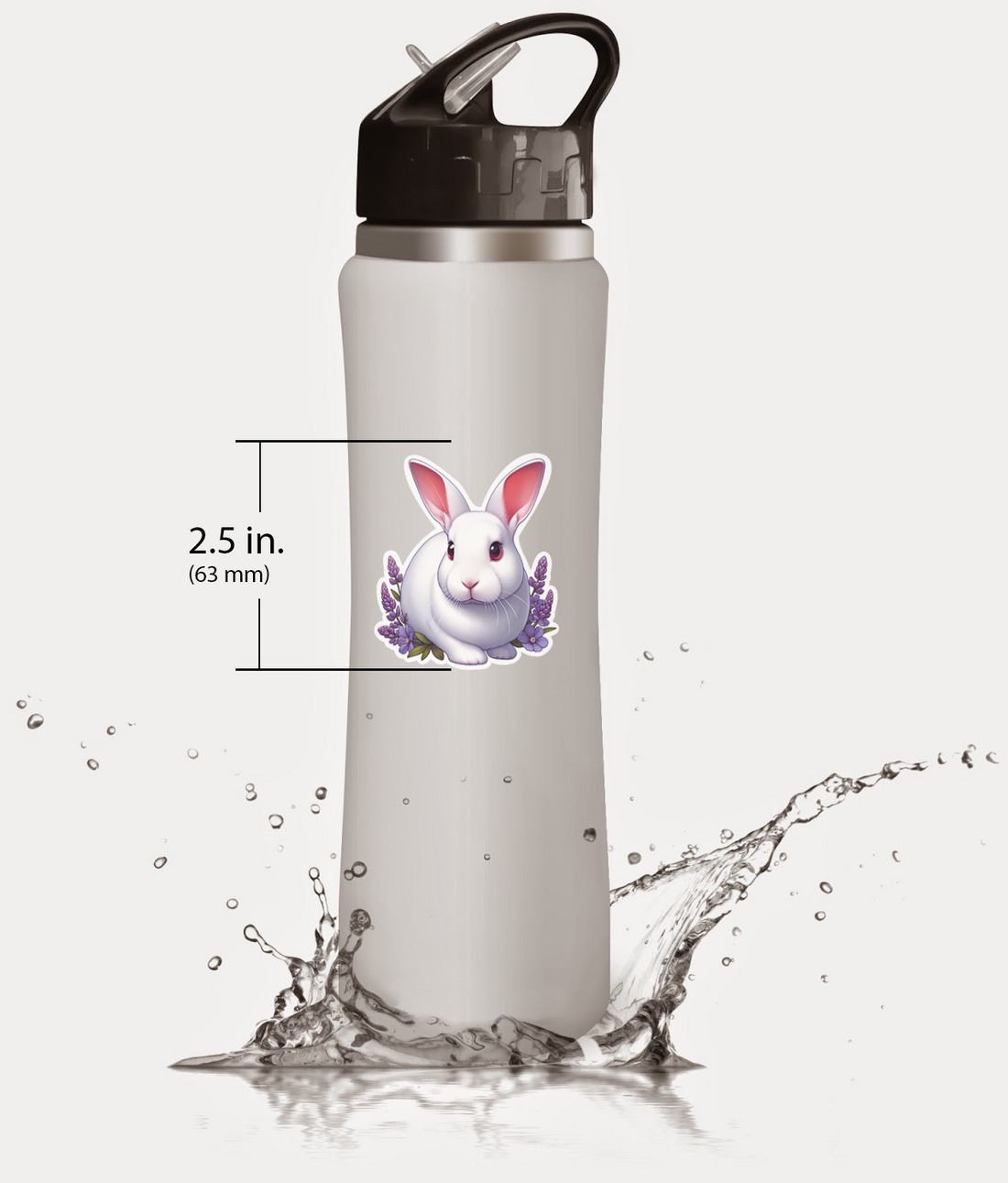

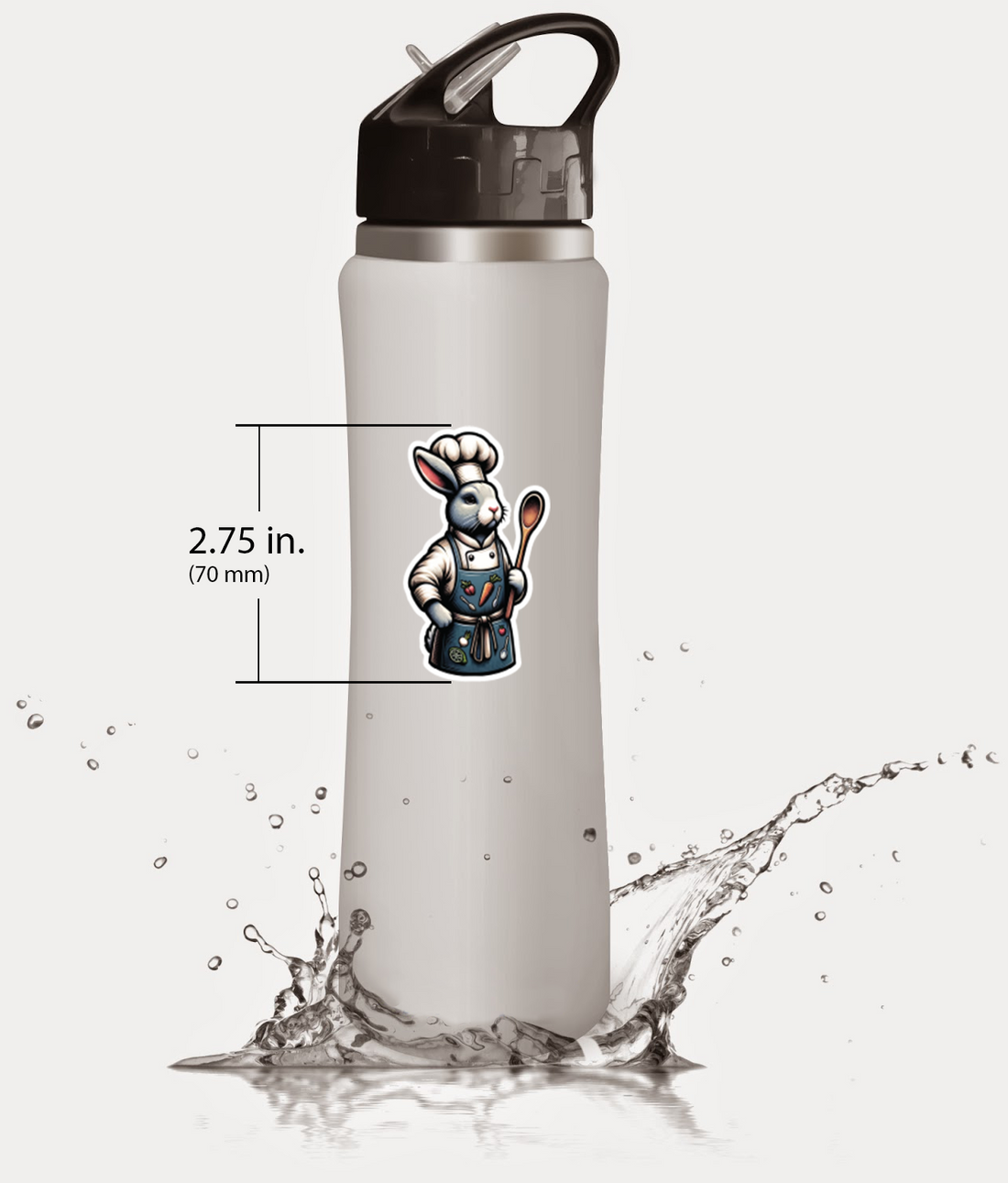
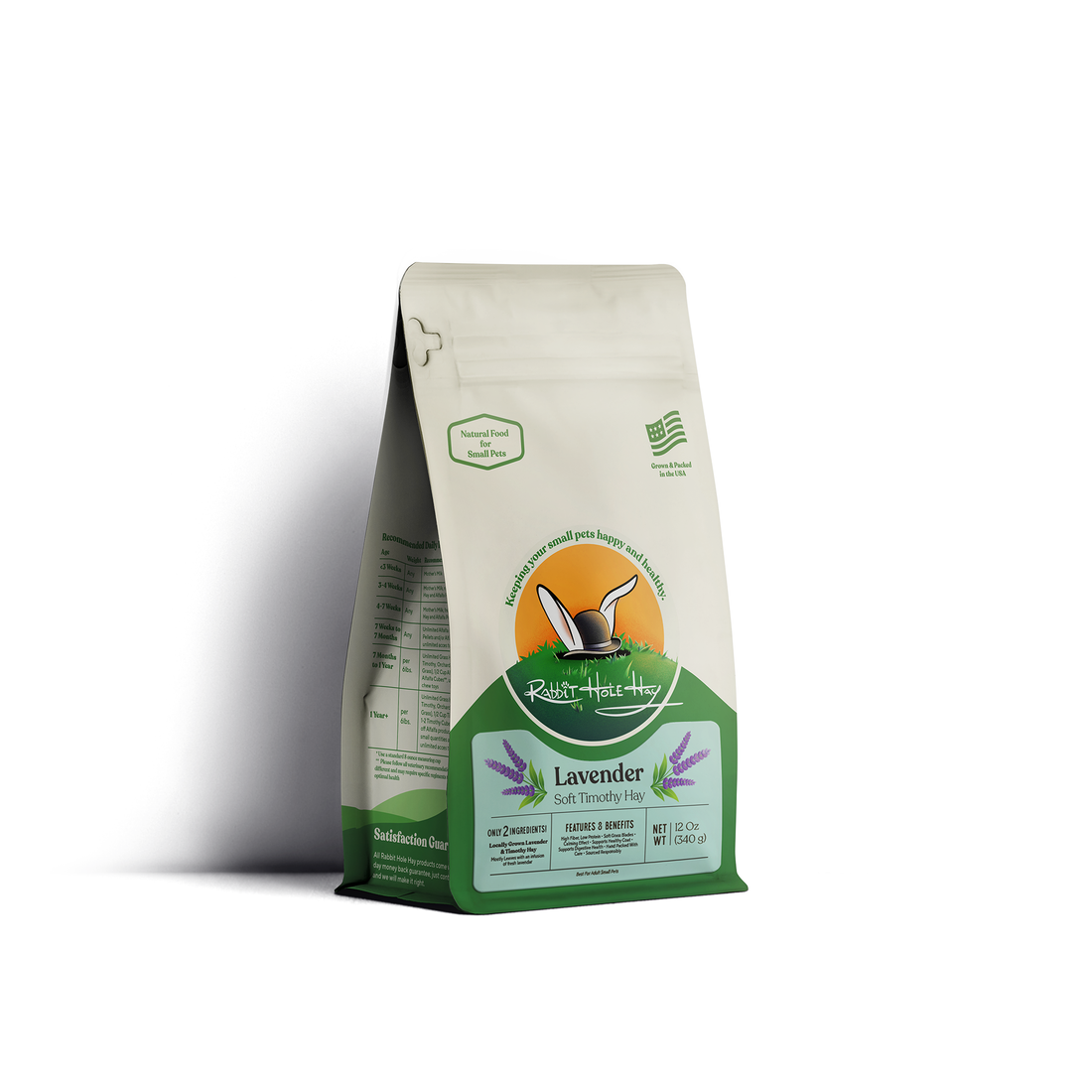
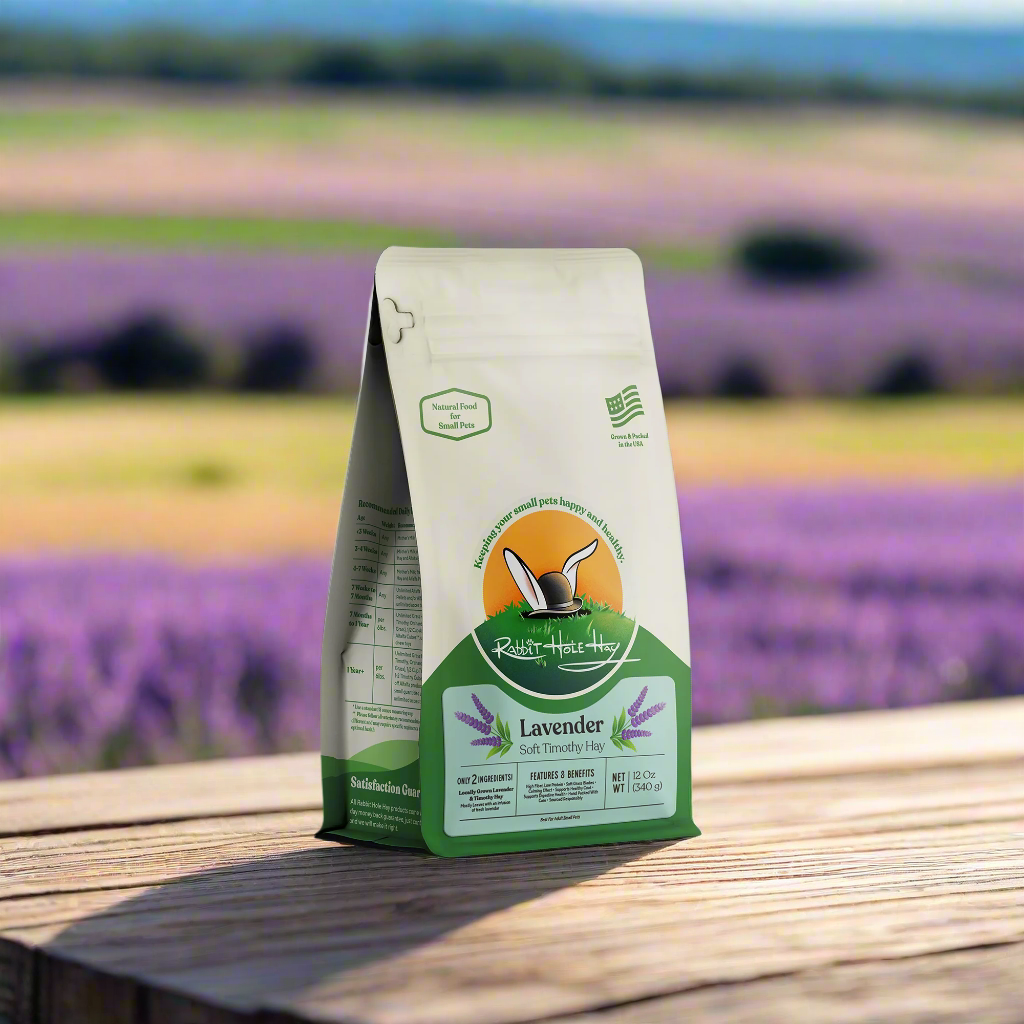

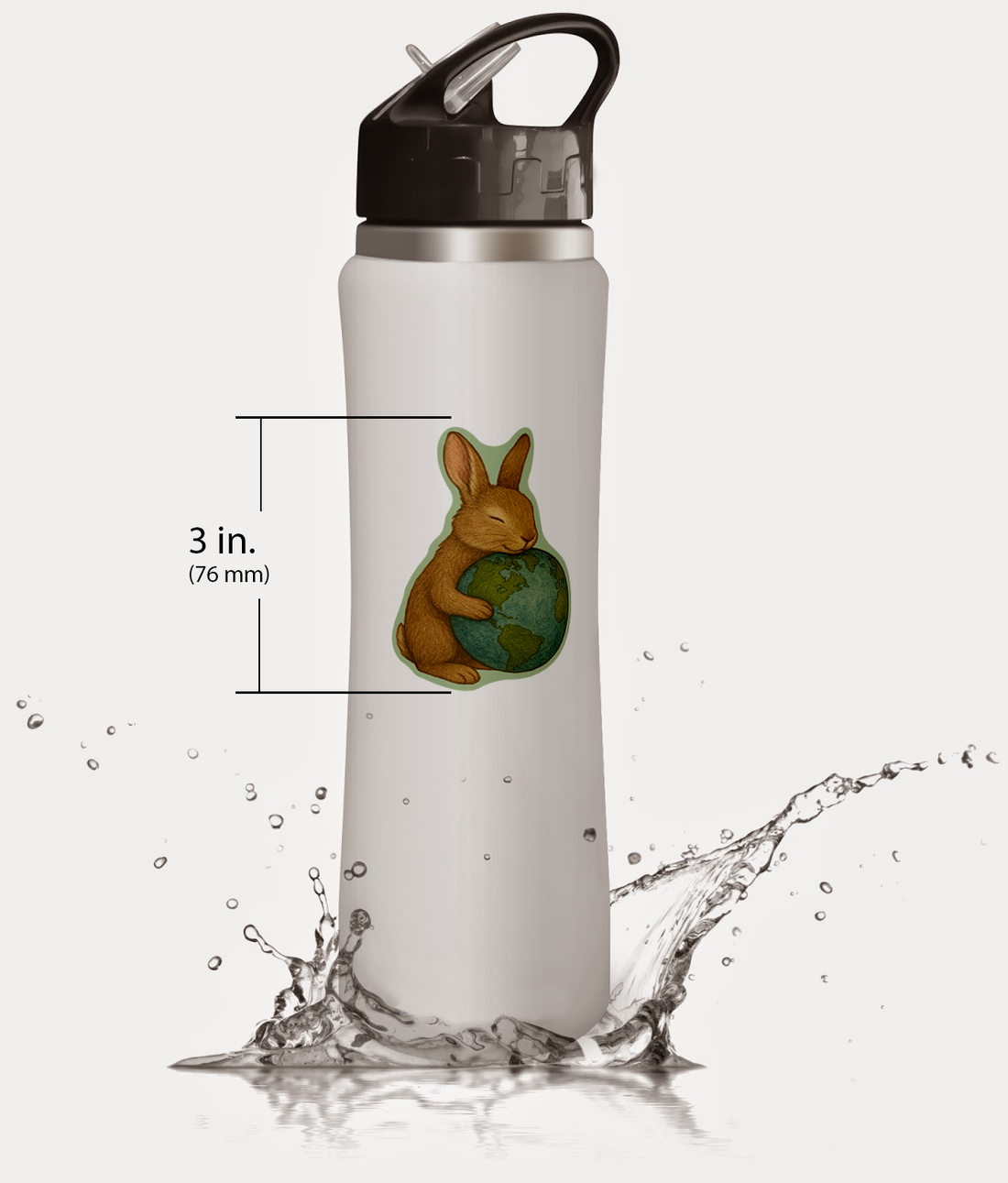


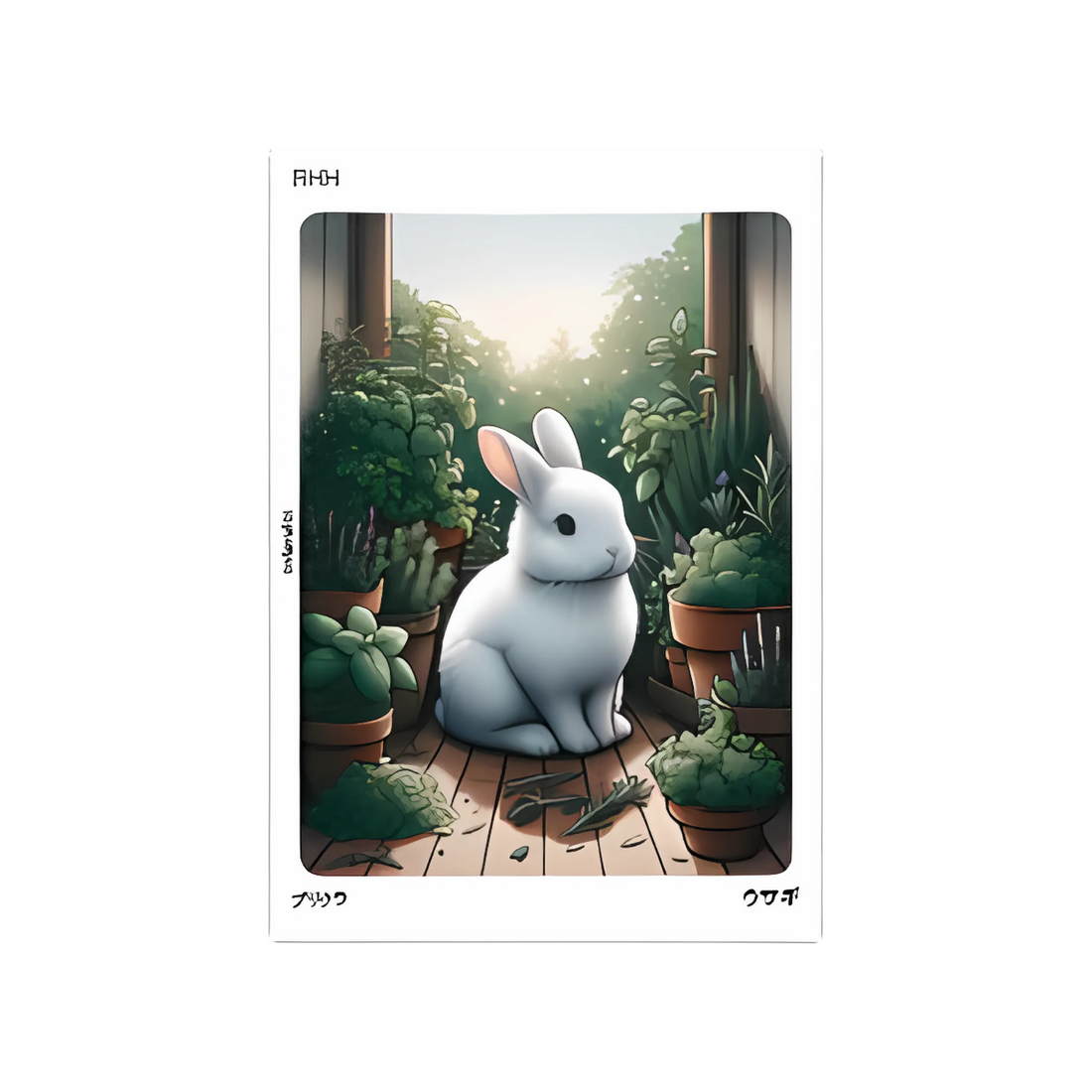

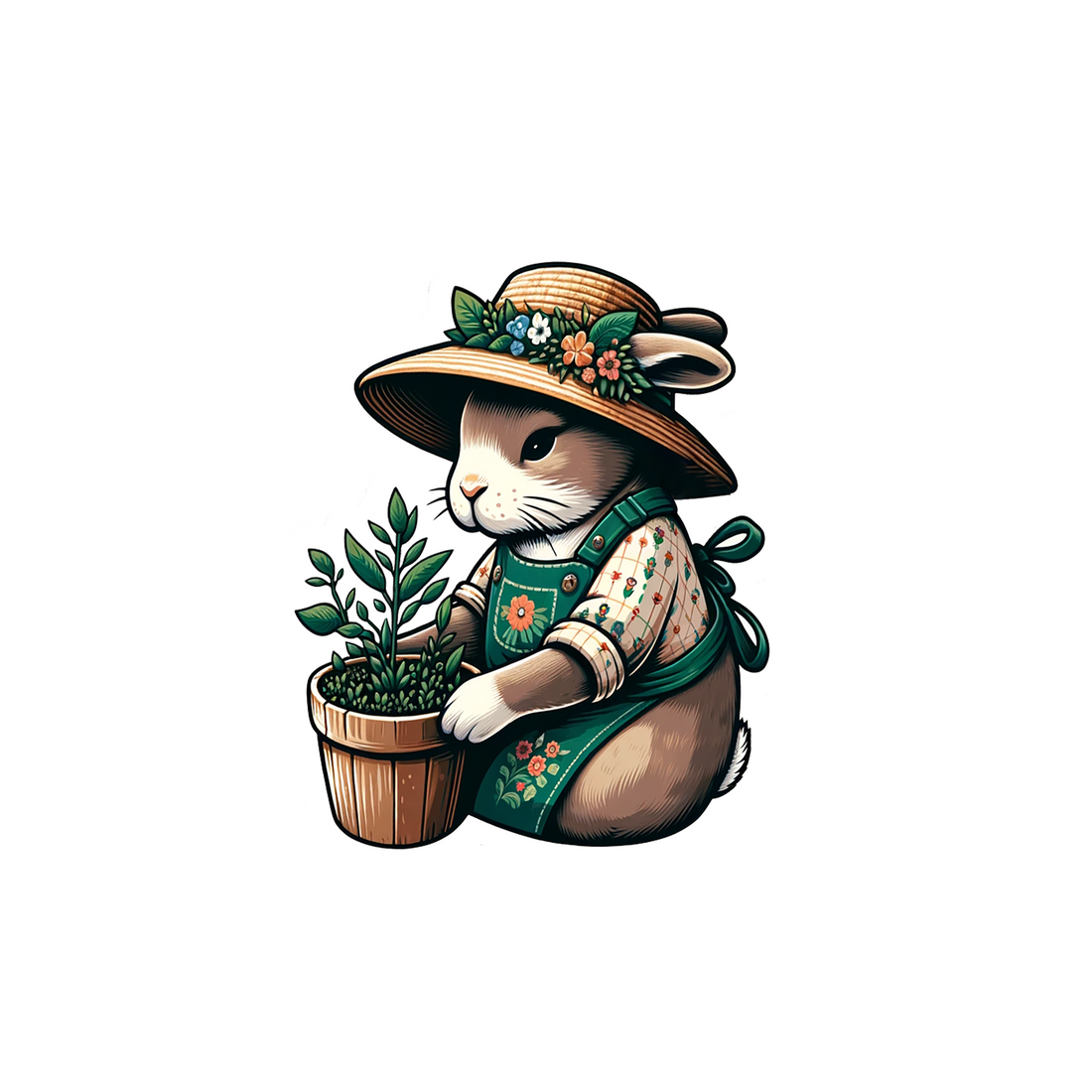
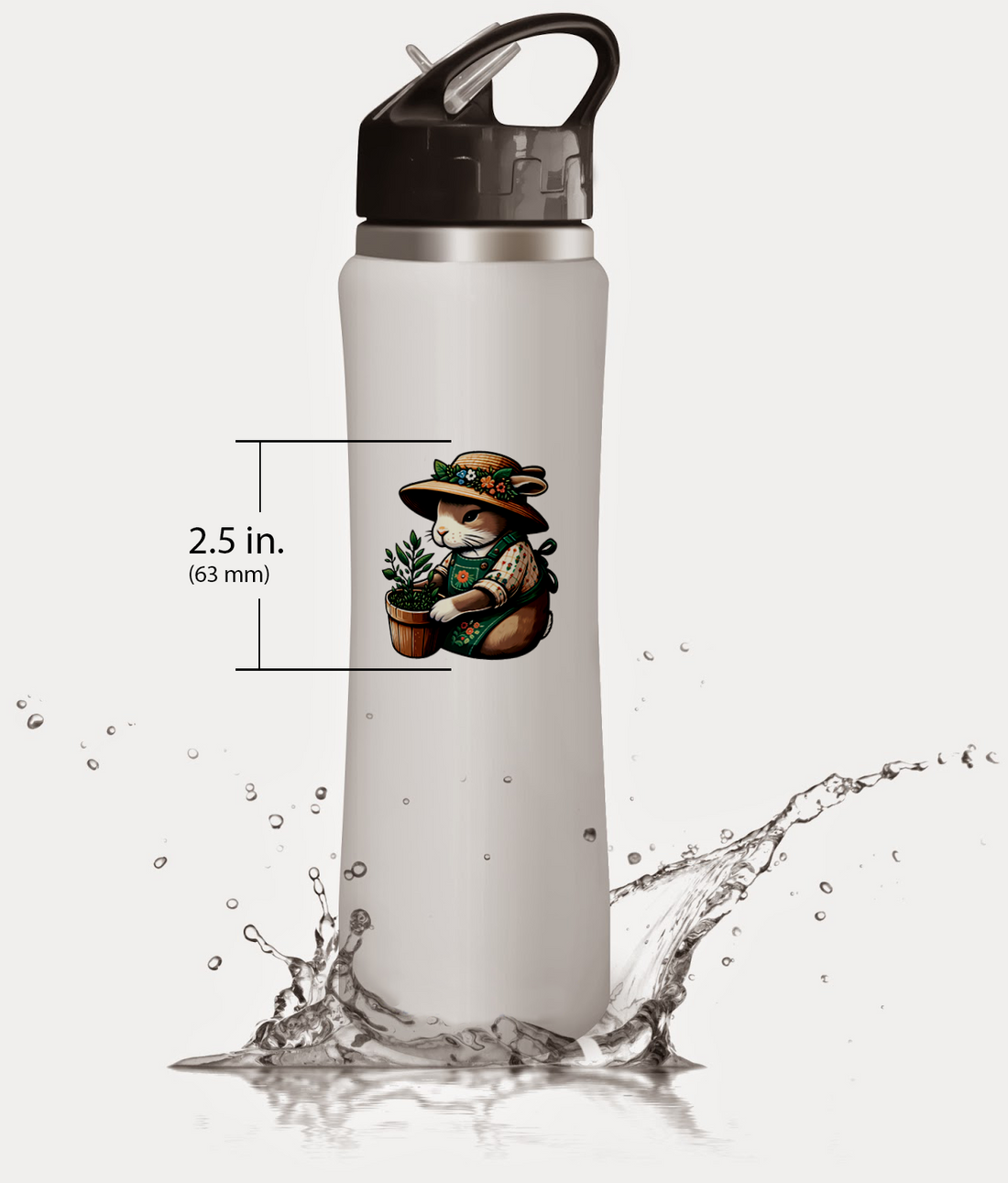




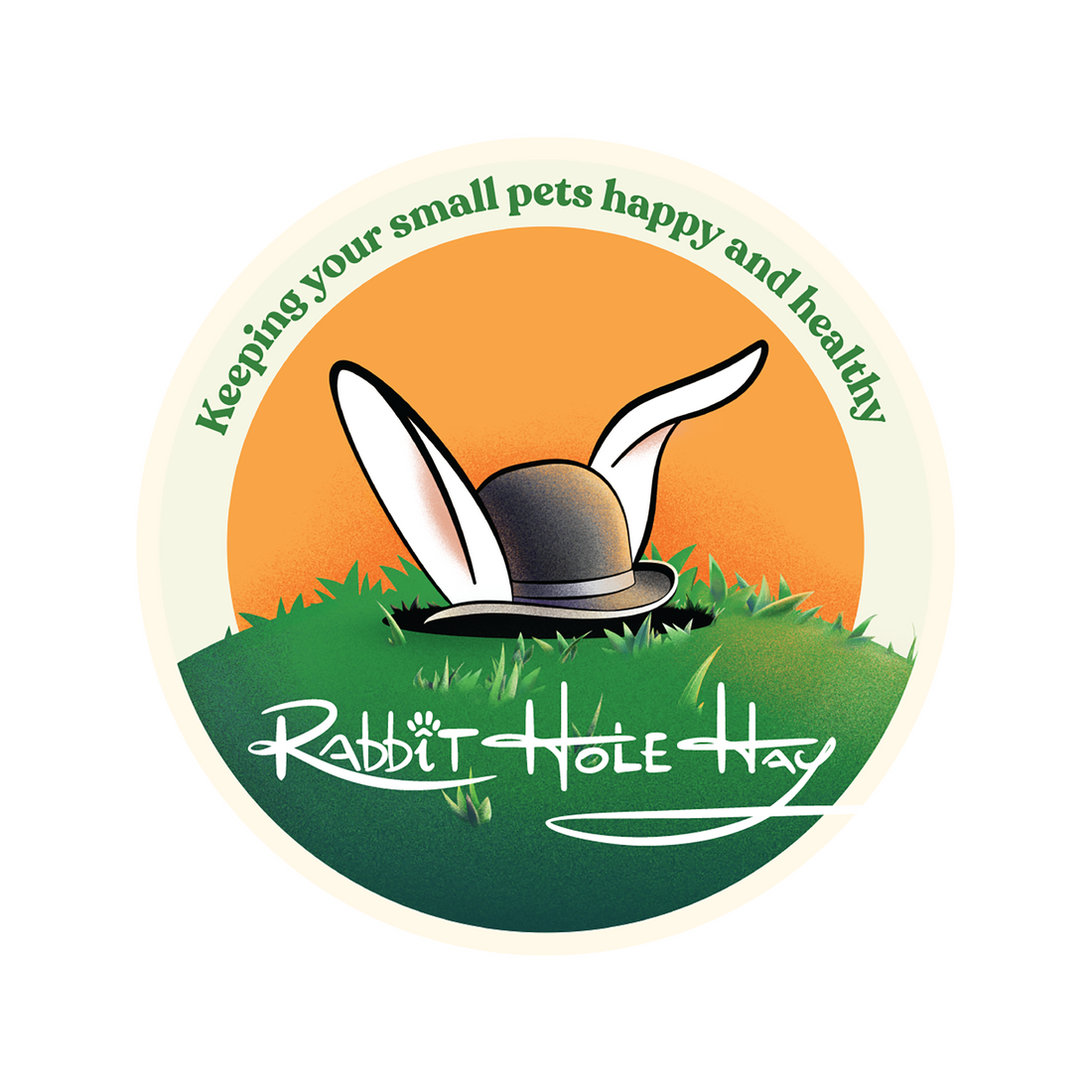




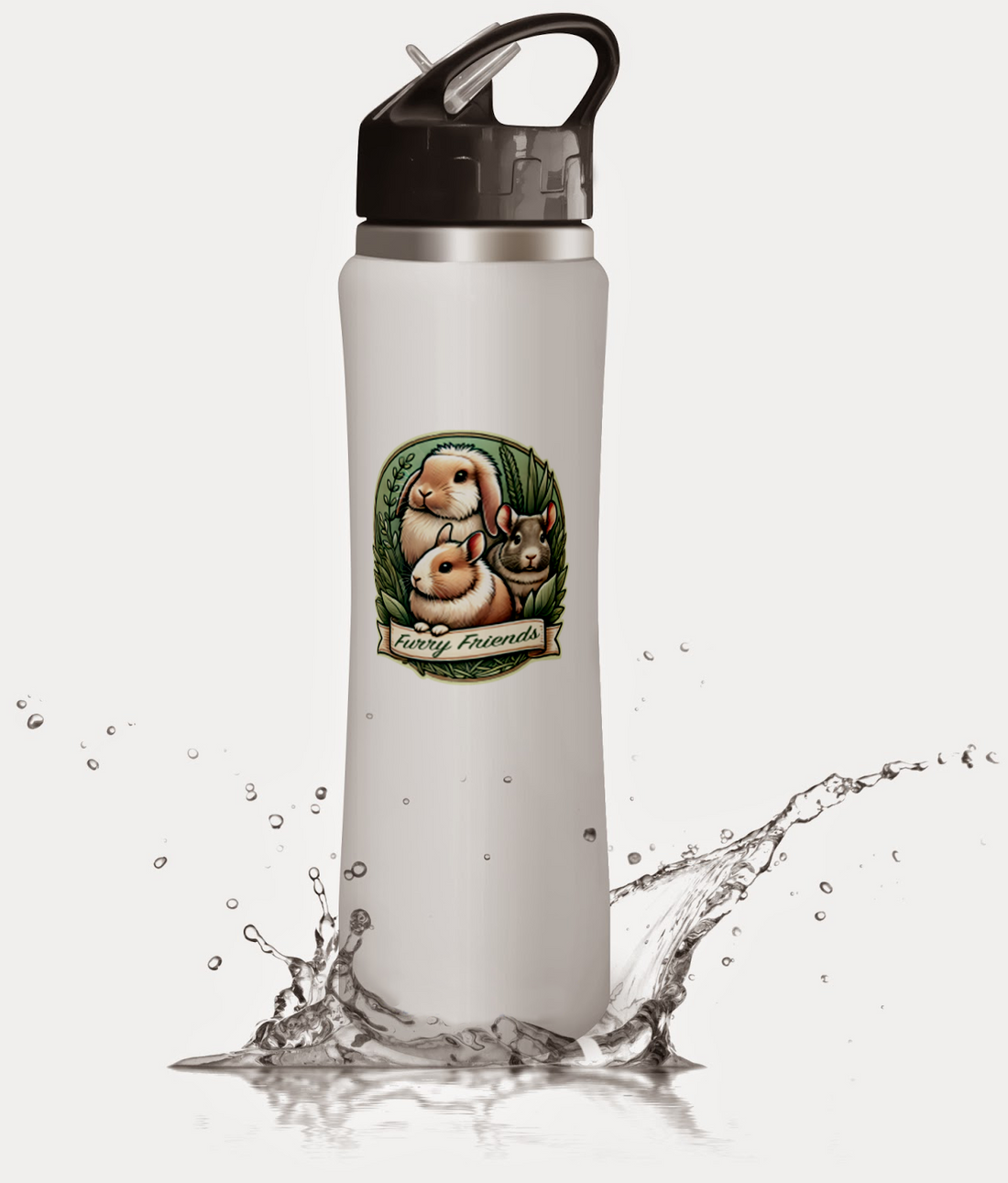







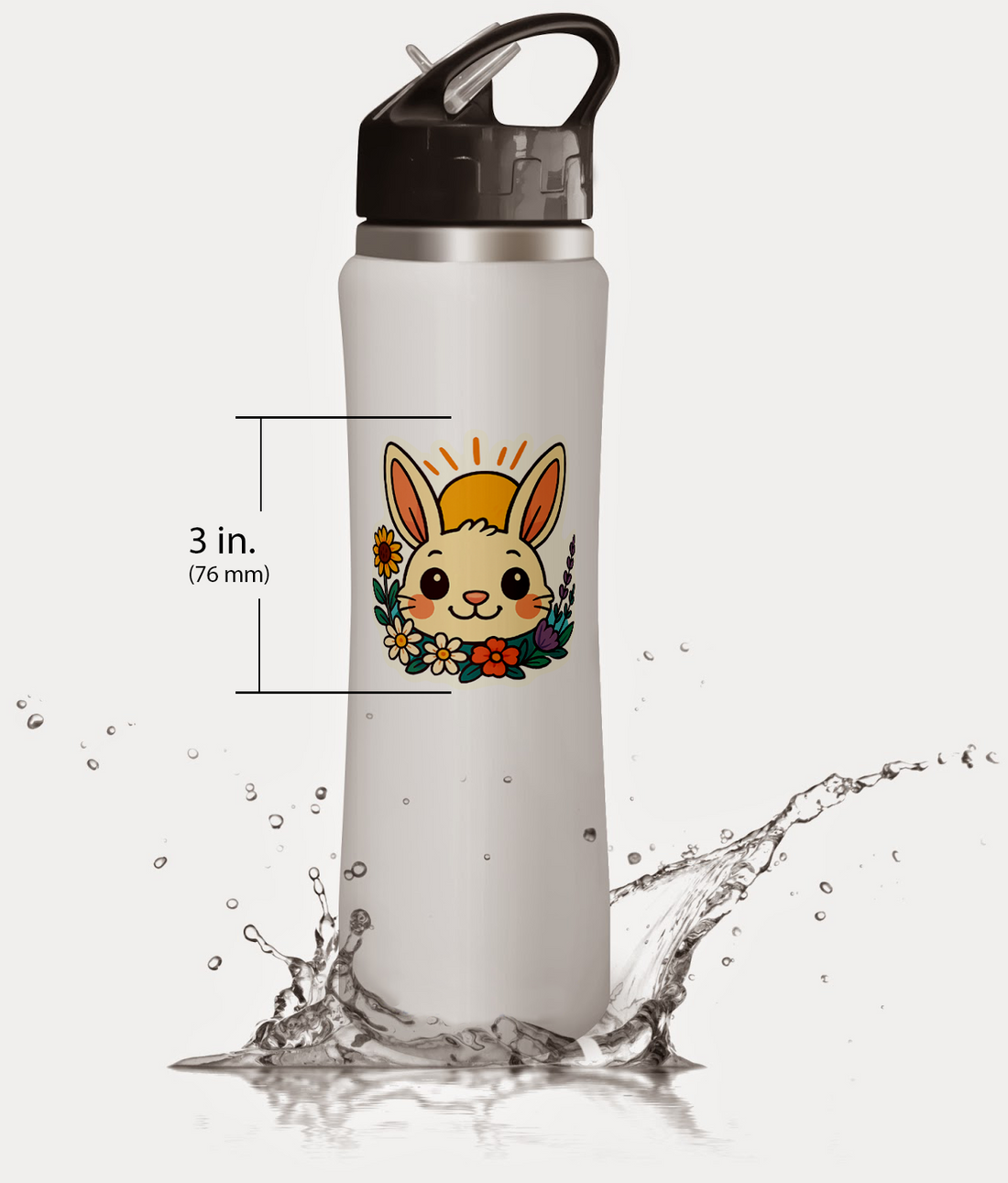
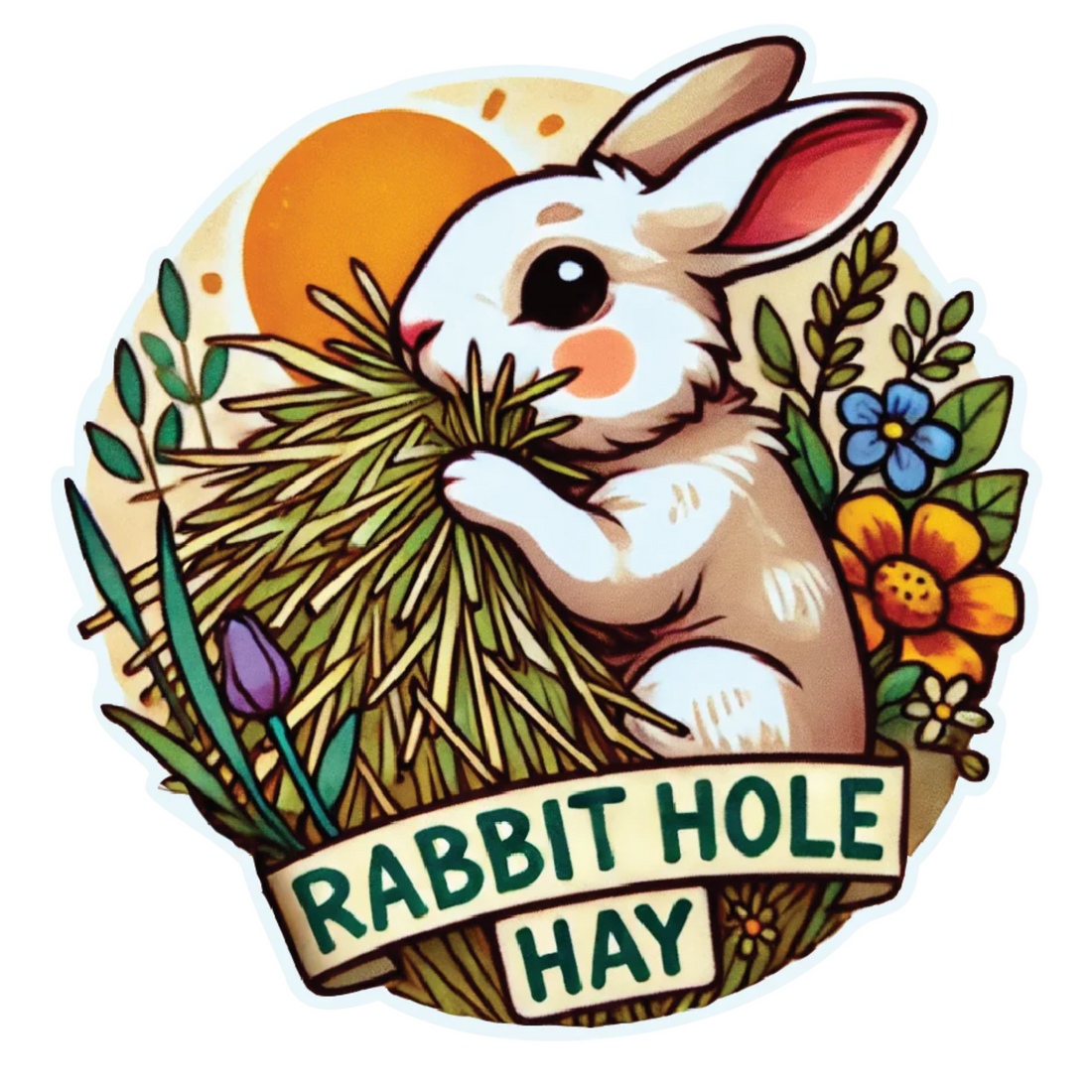
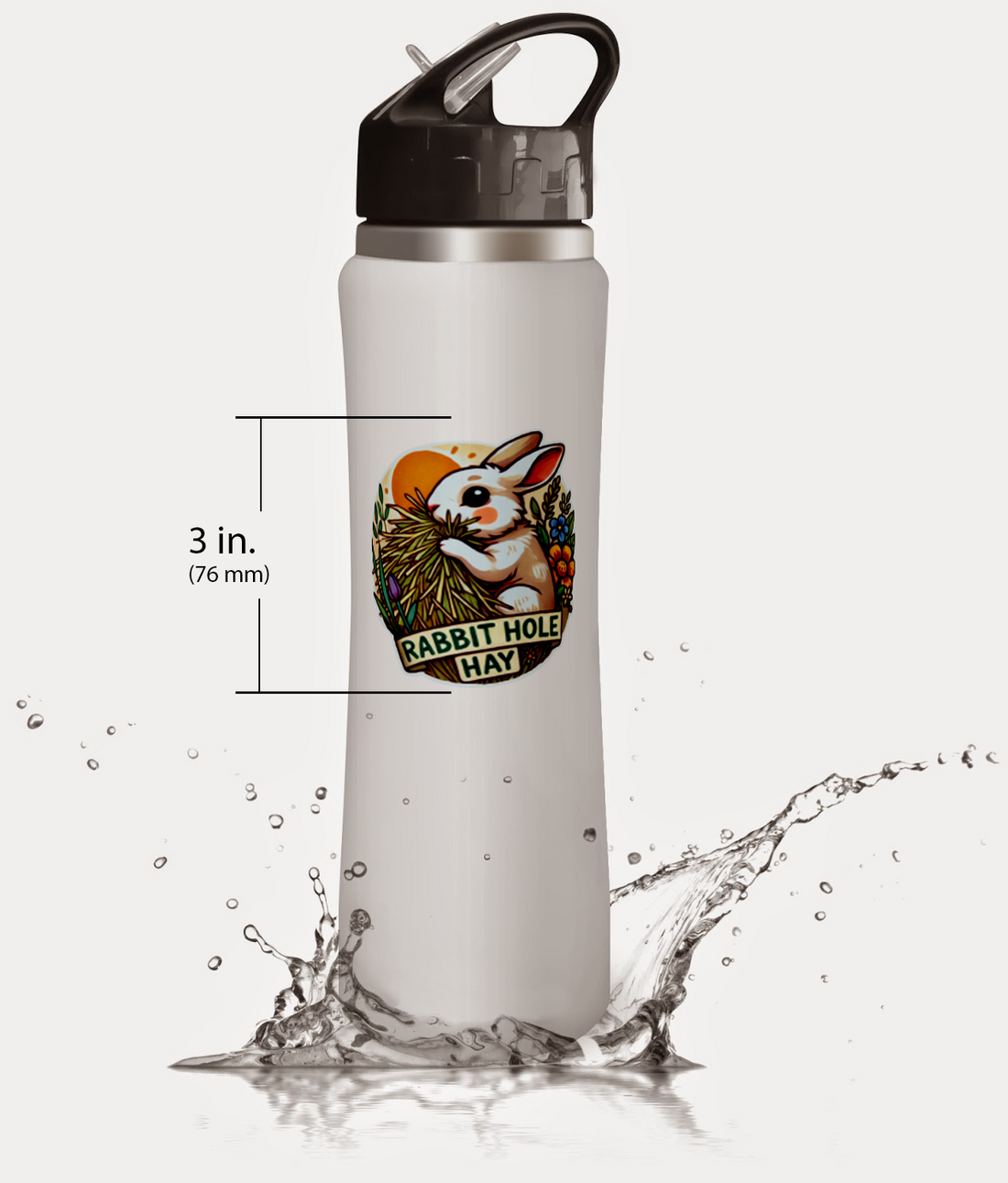
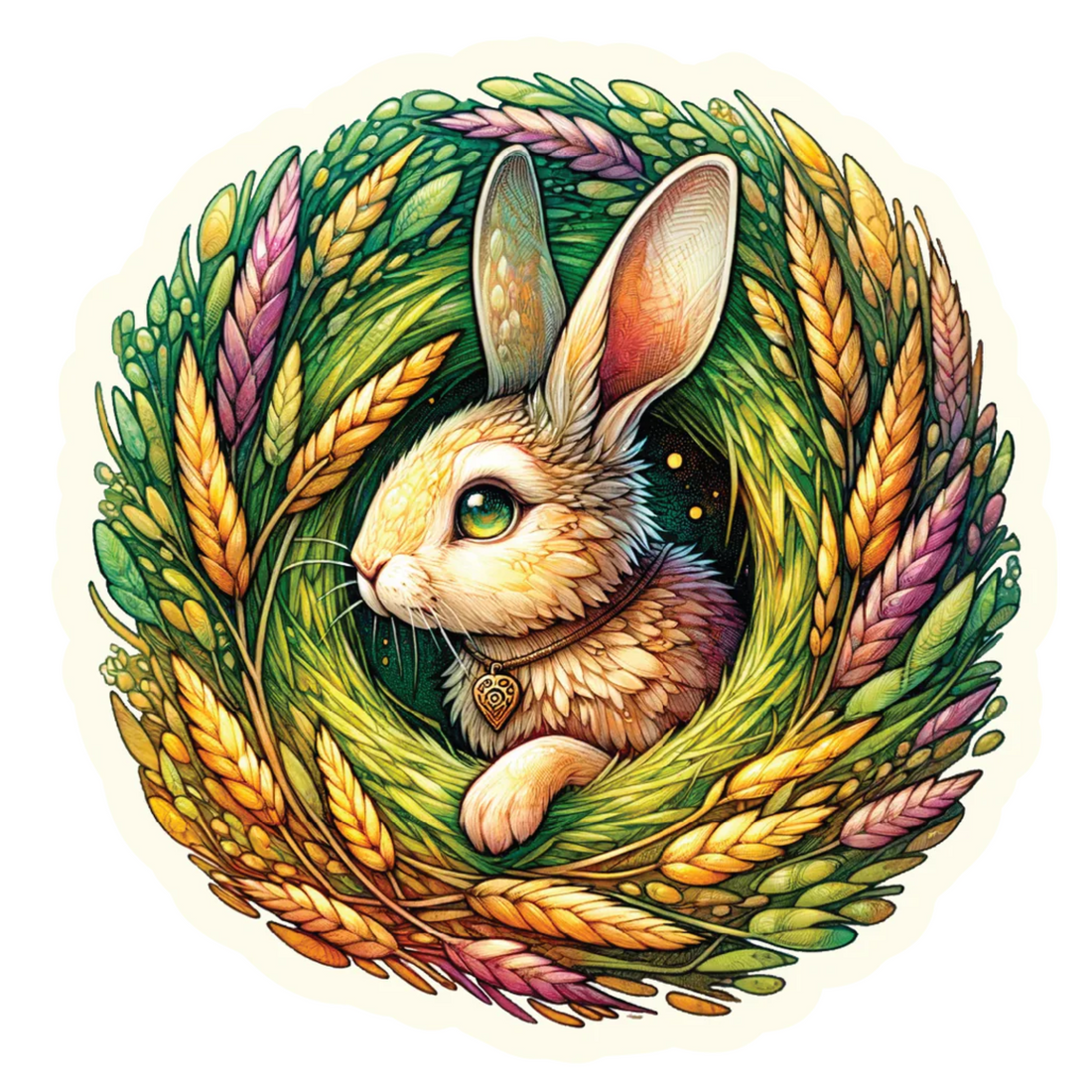




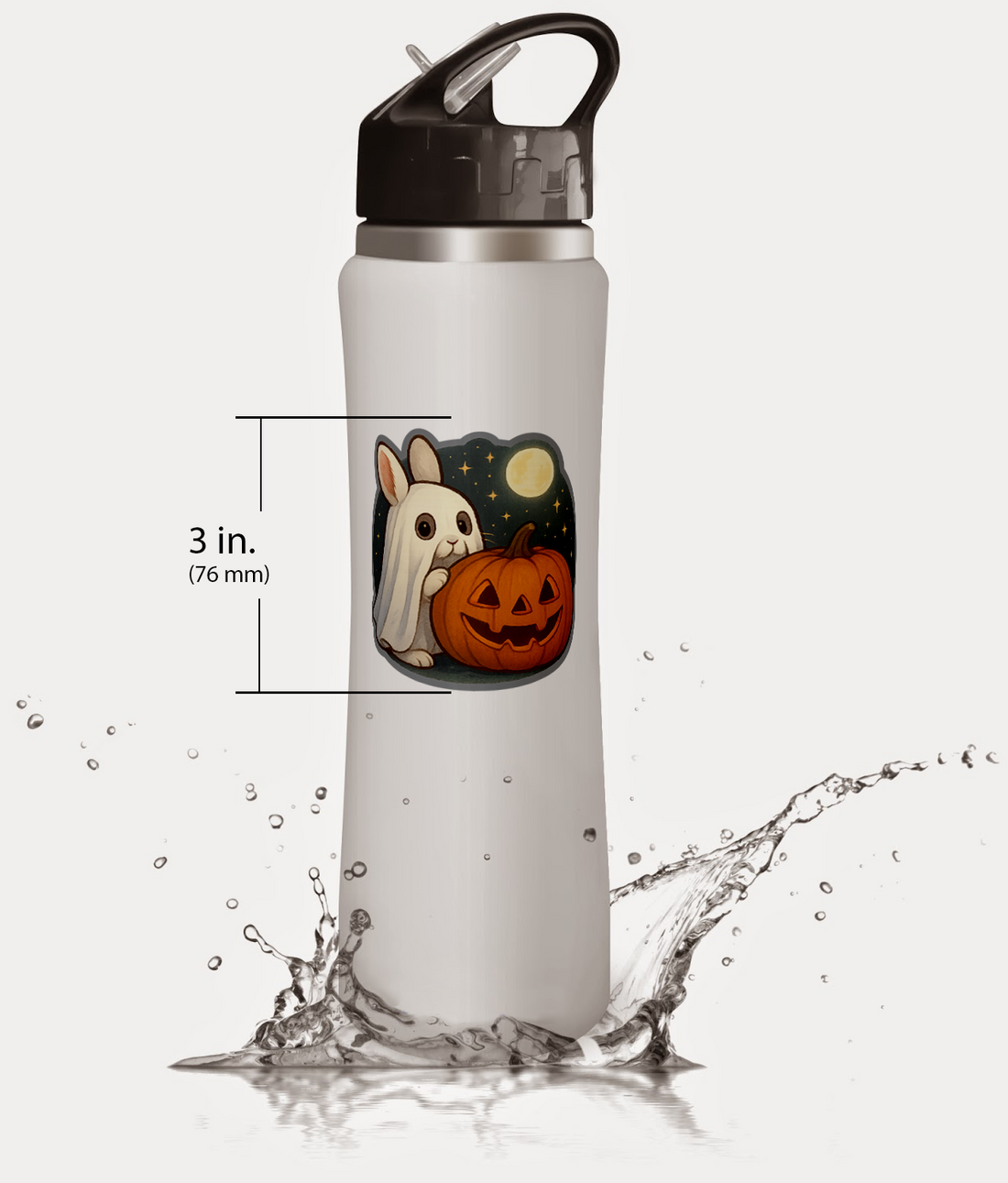
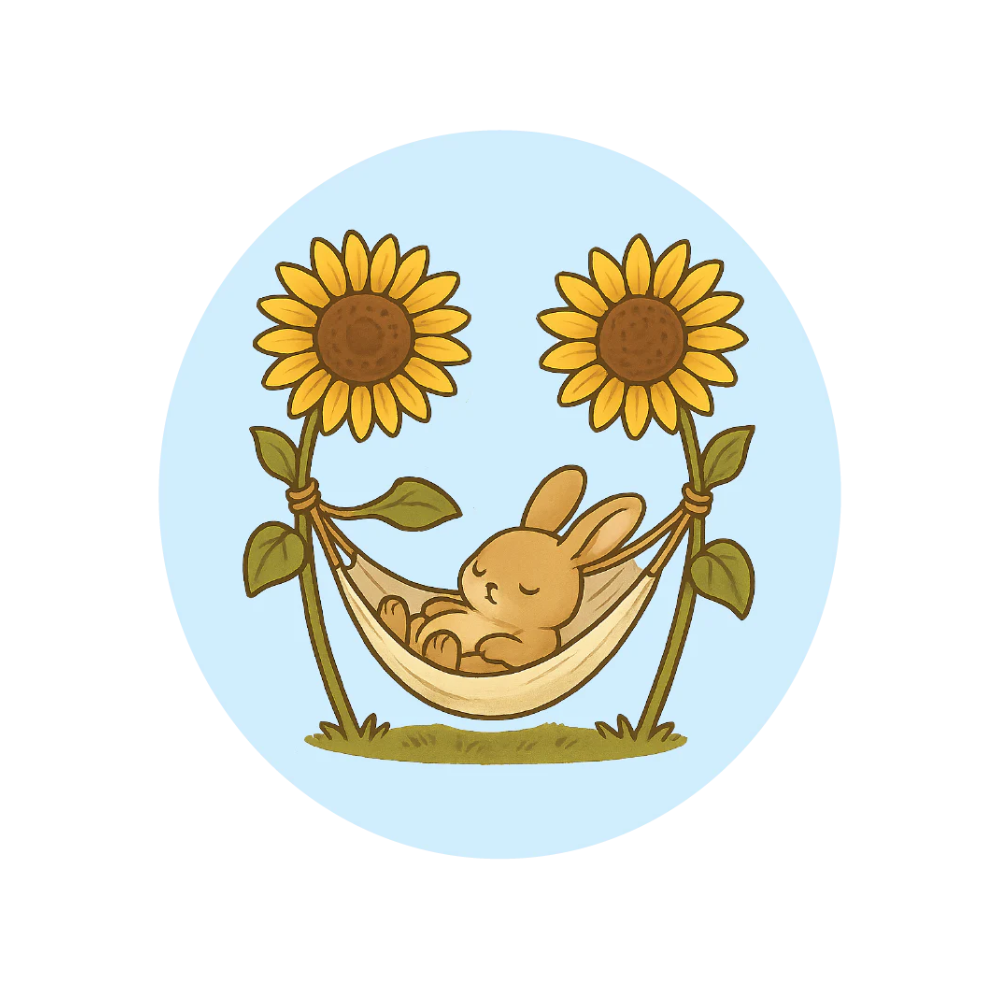





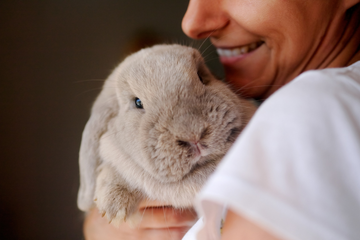
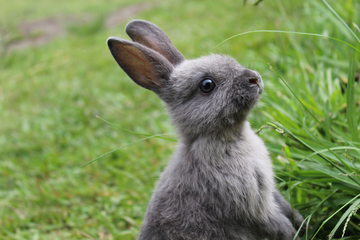


Comments